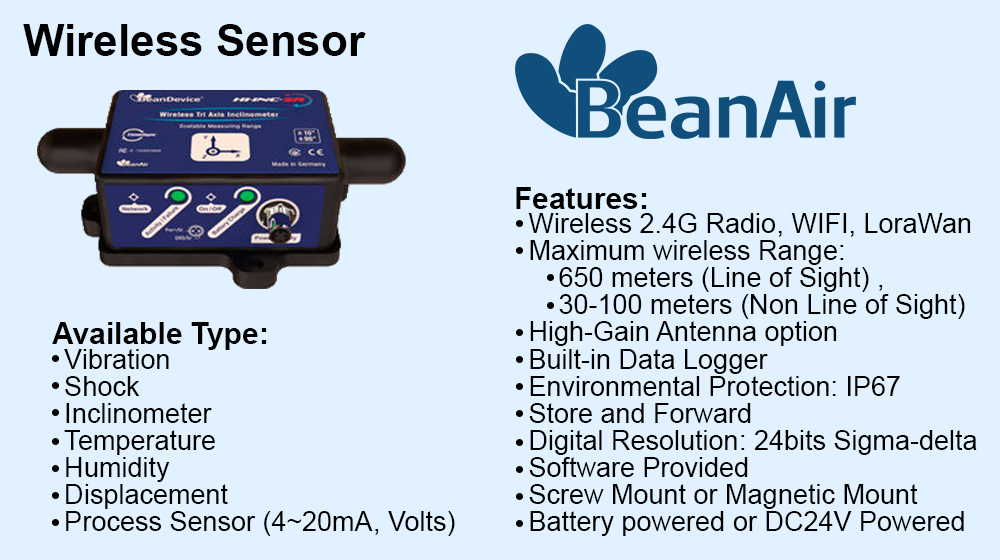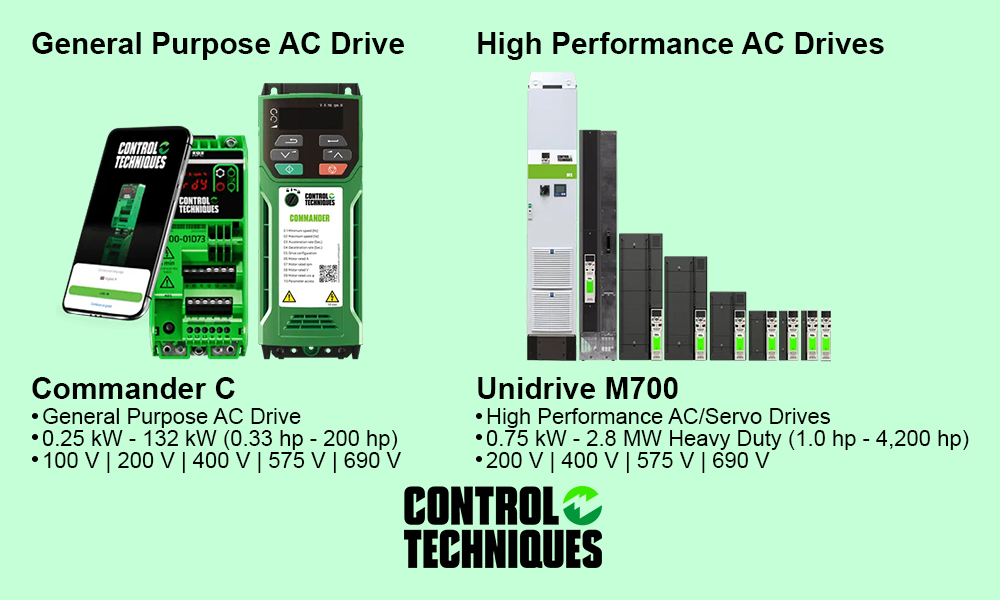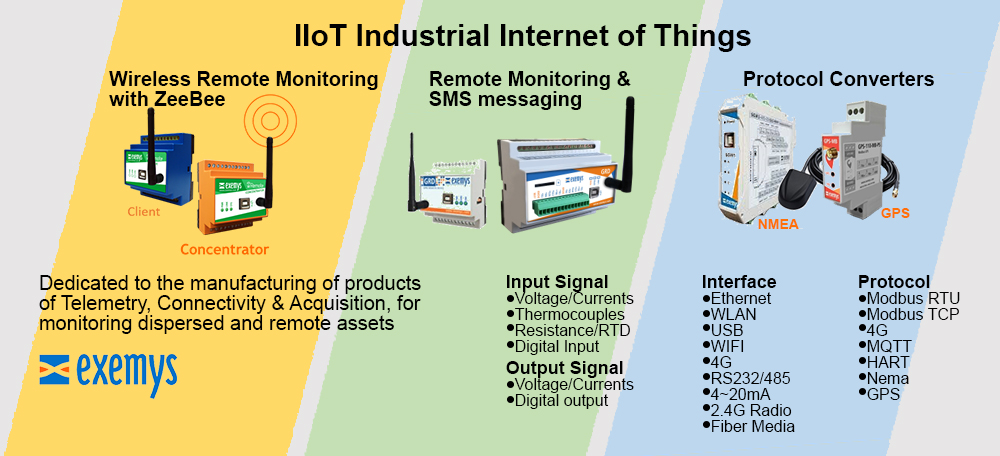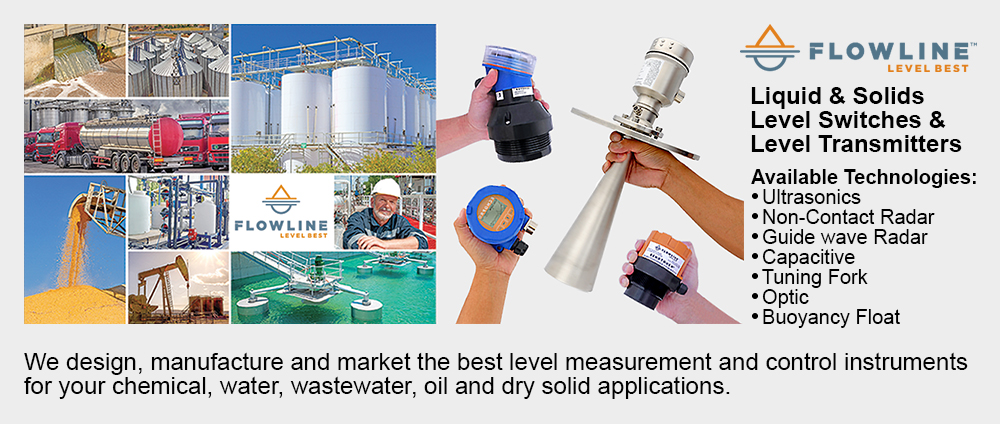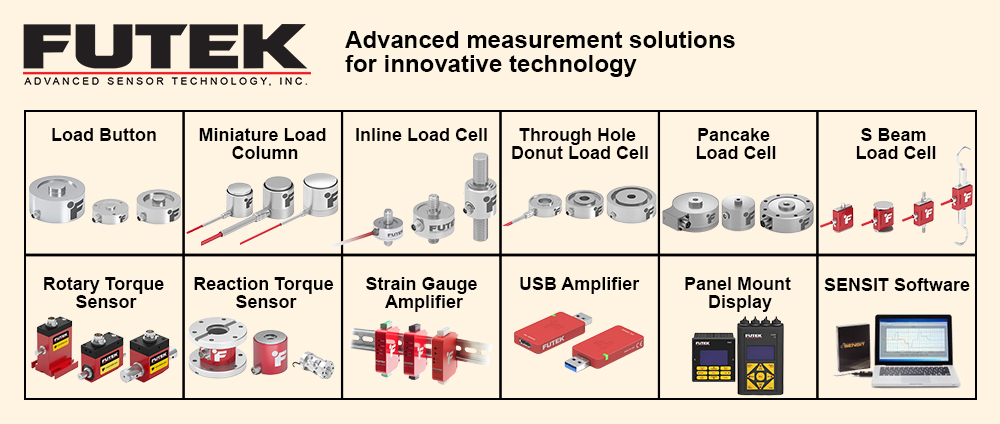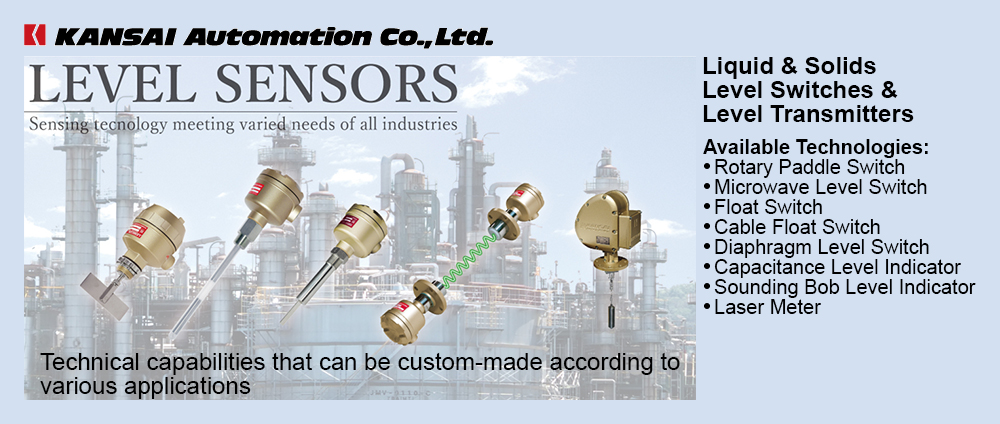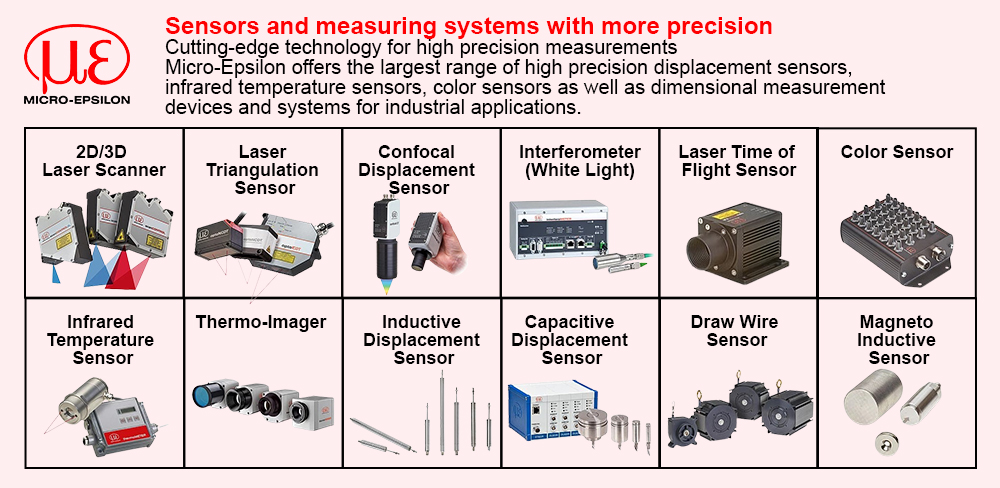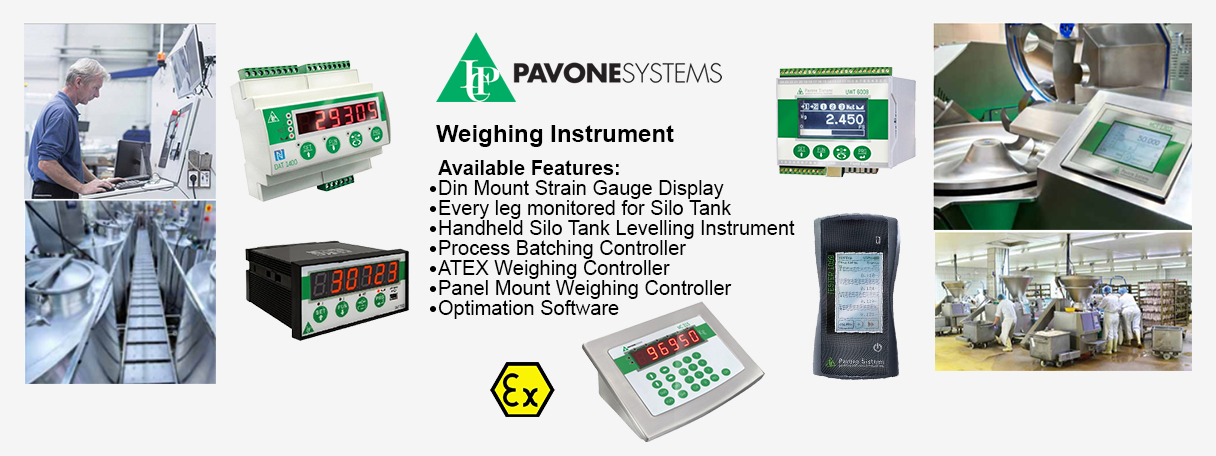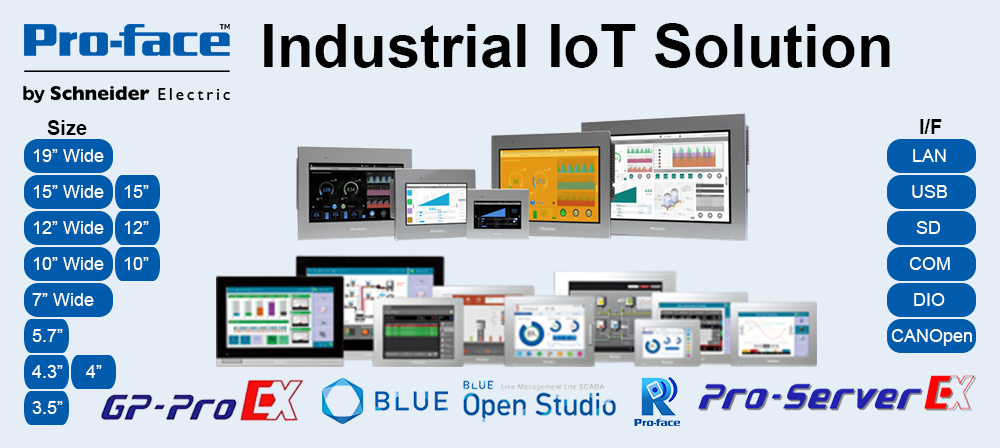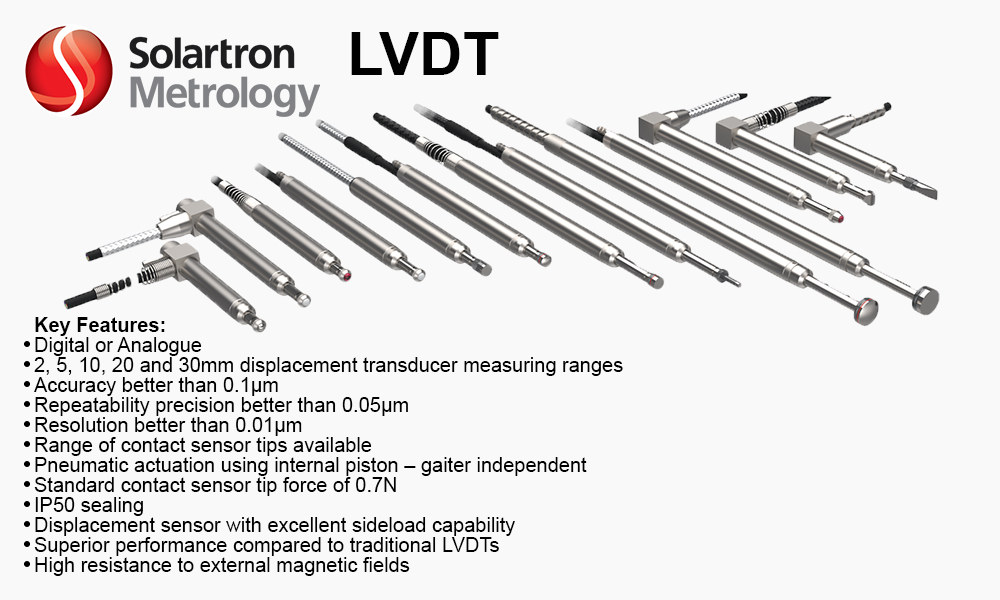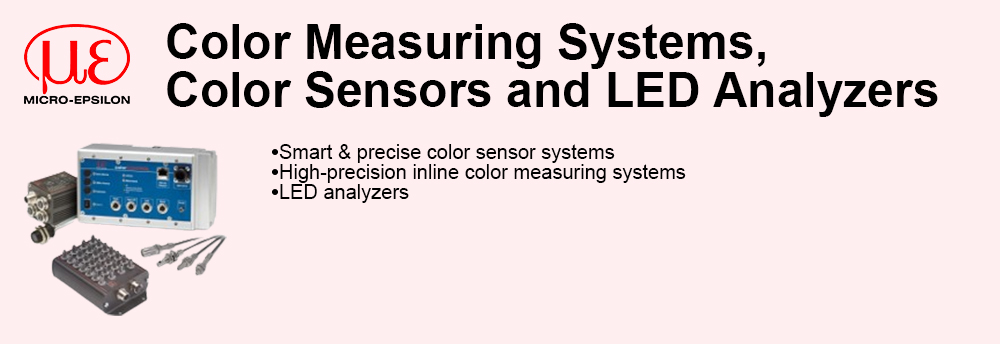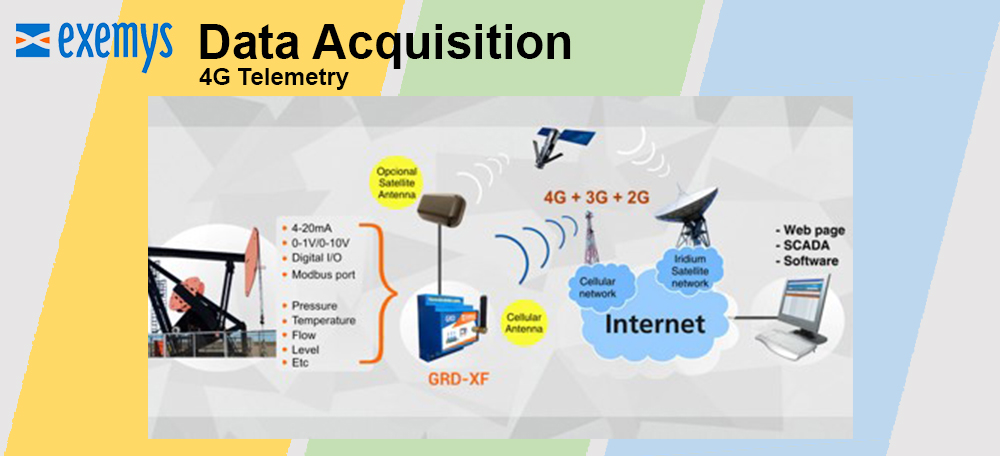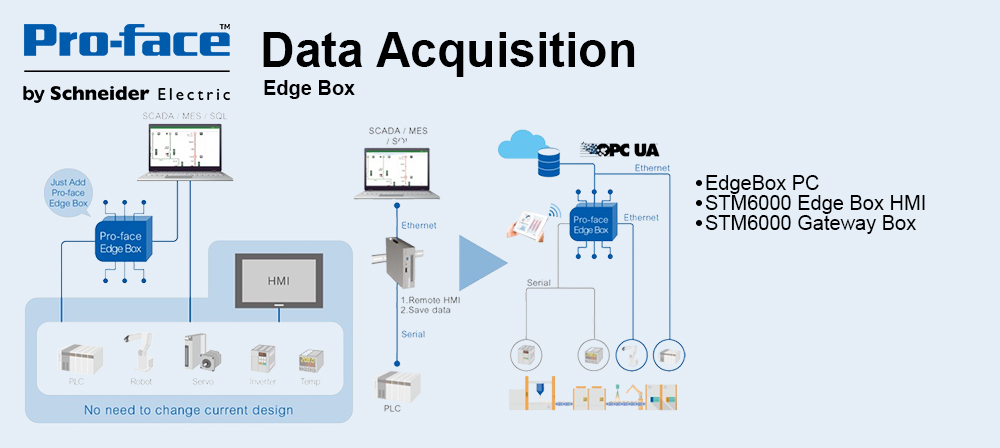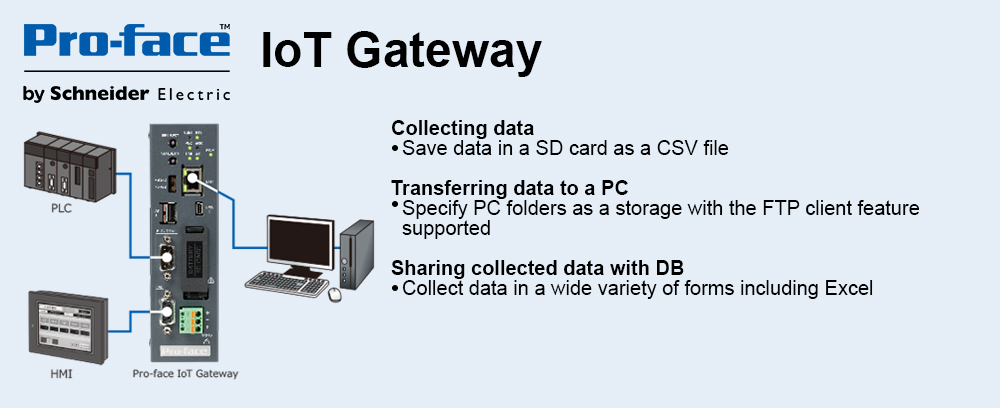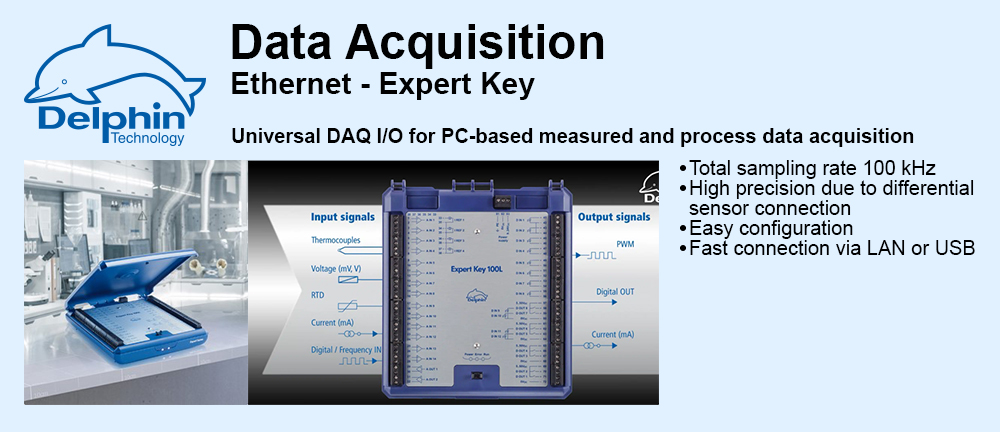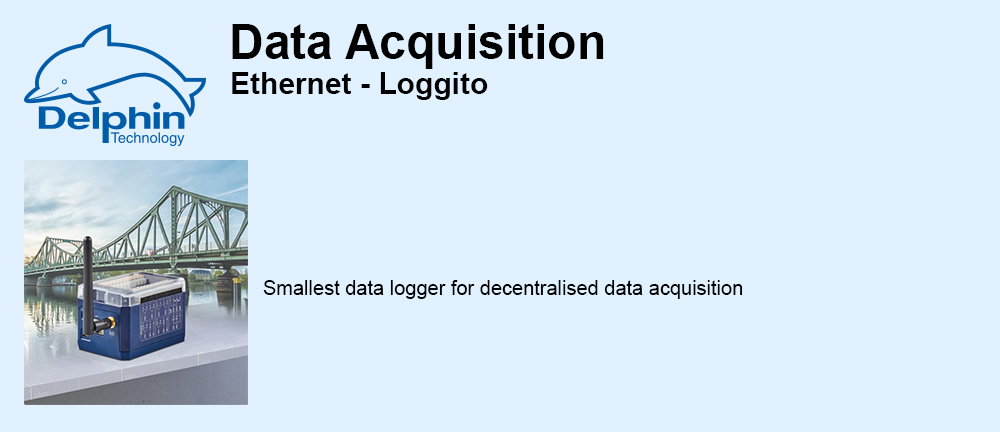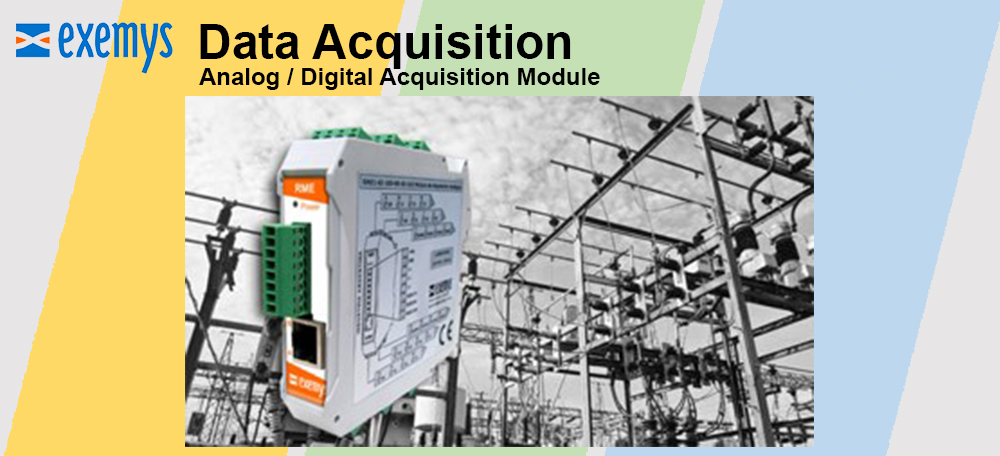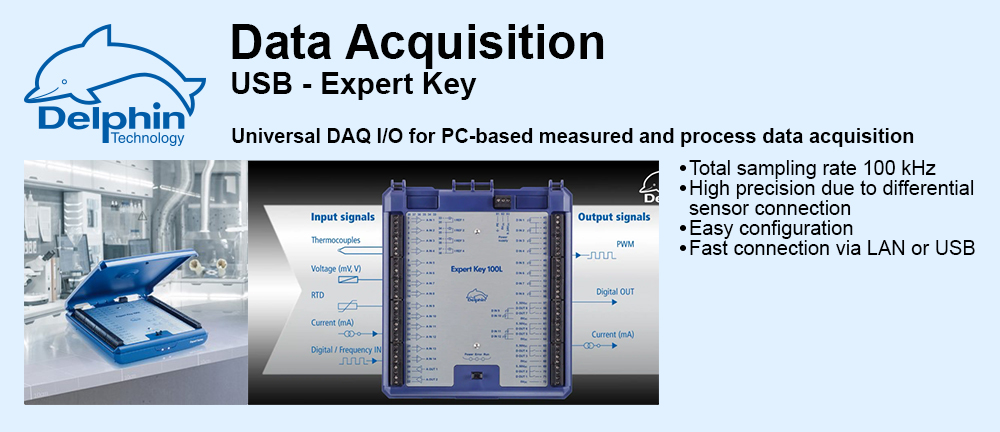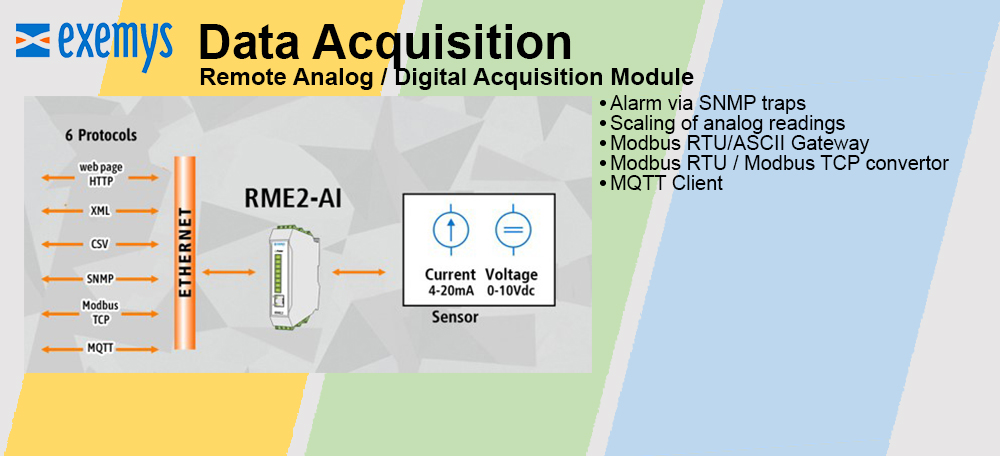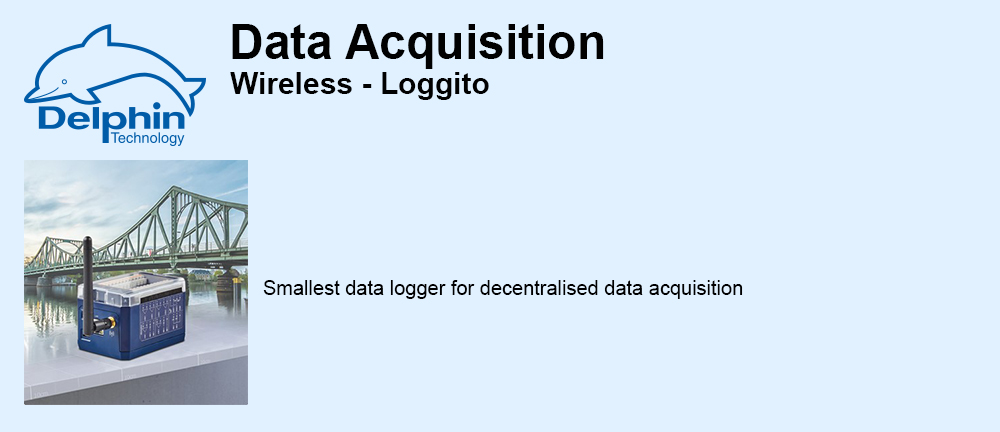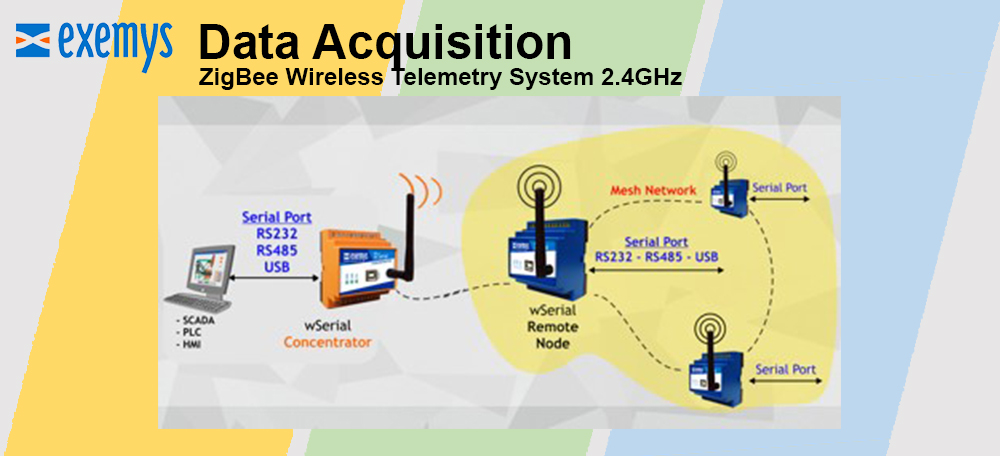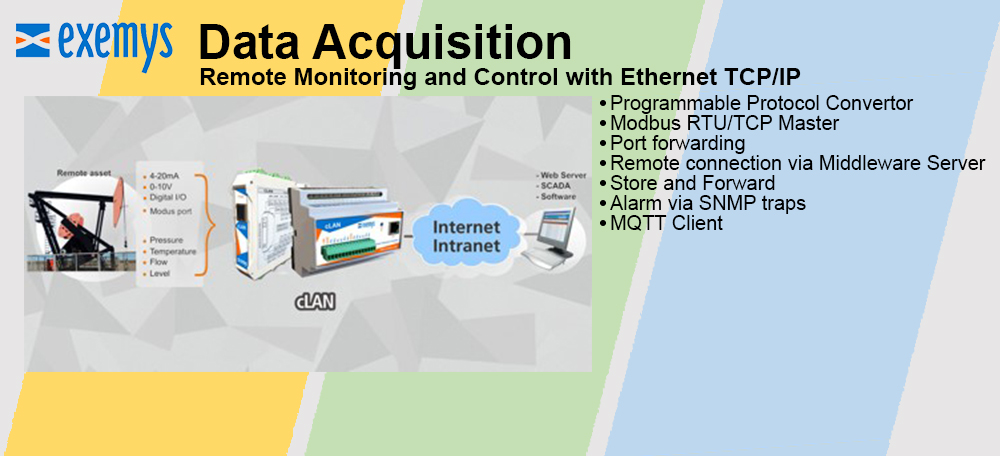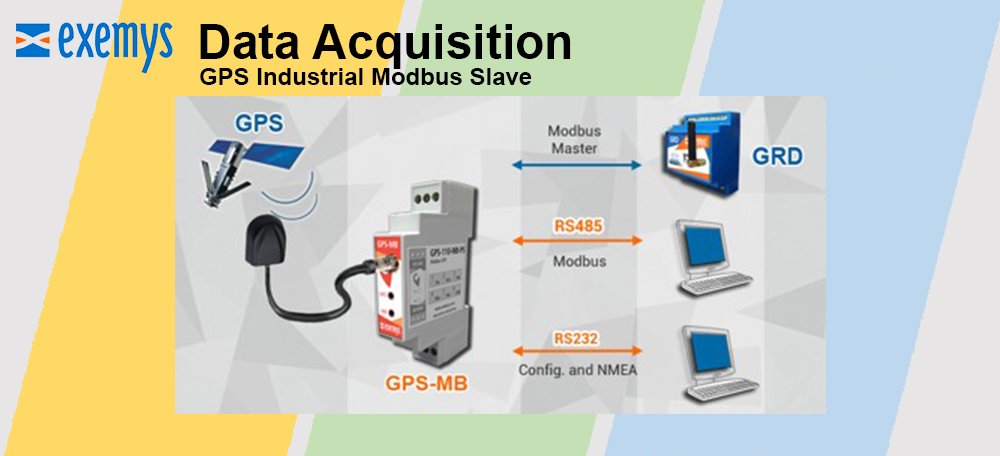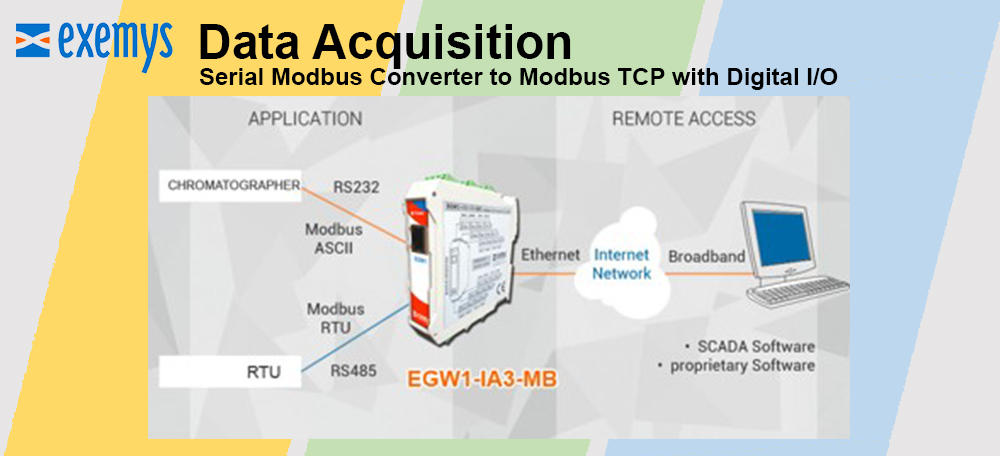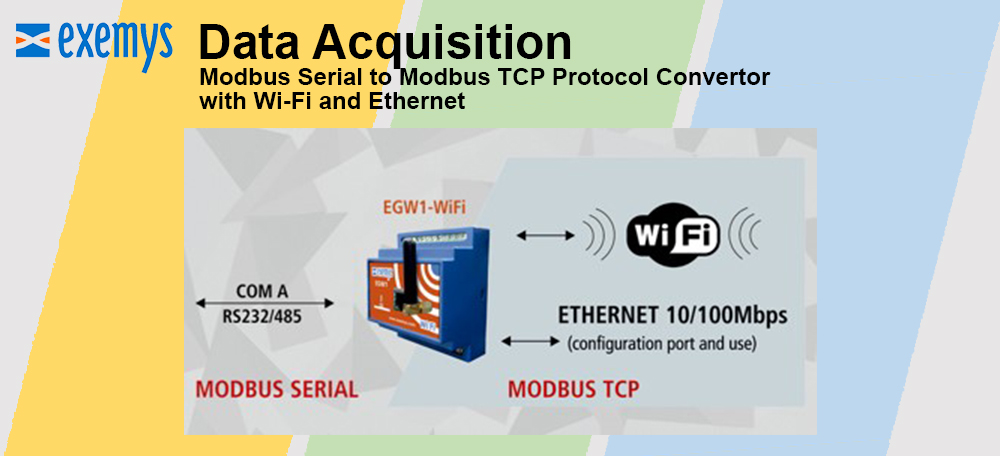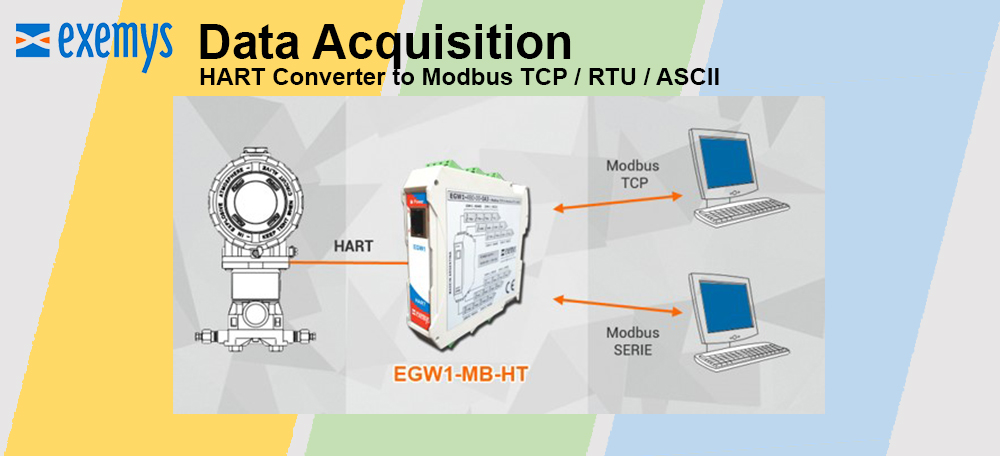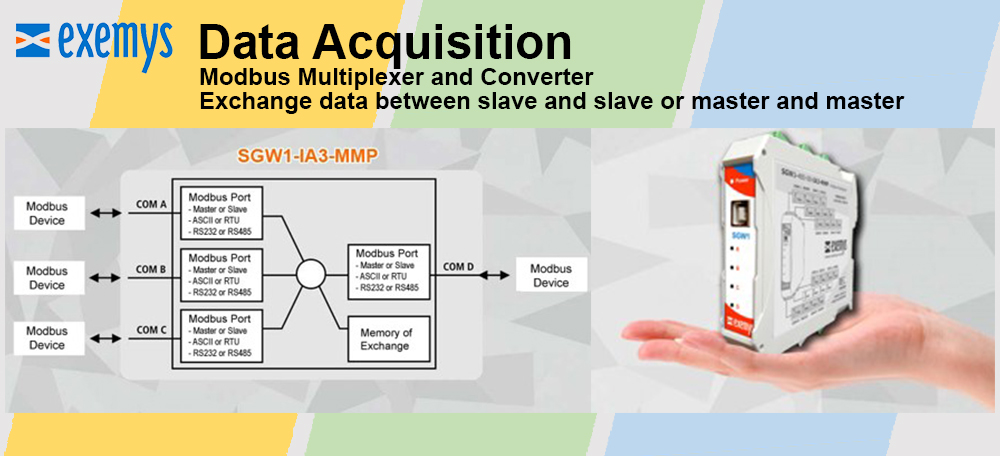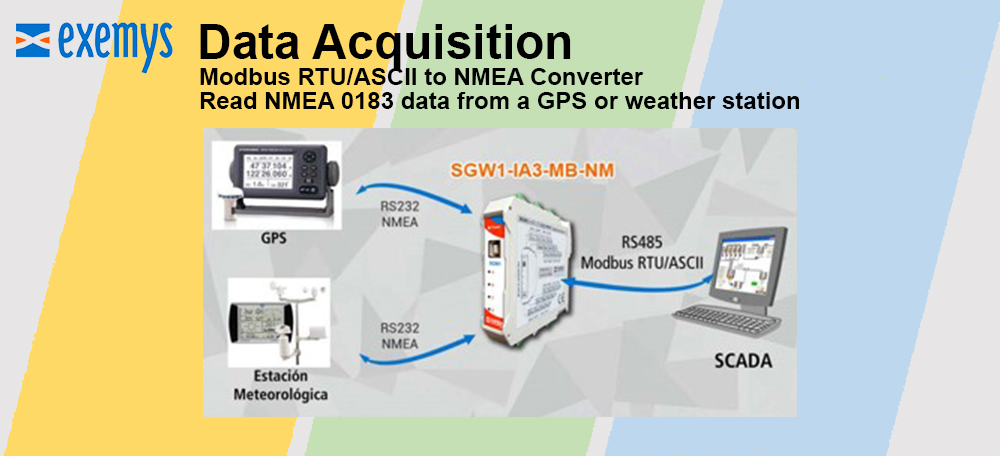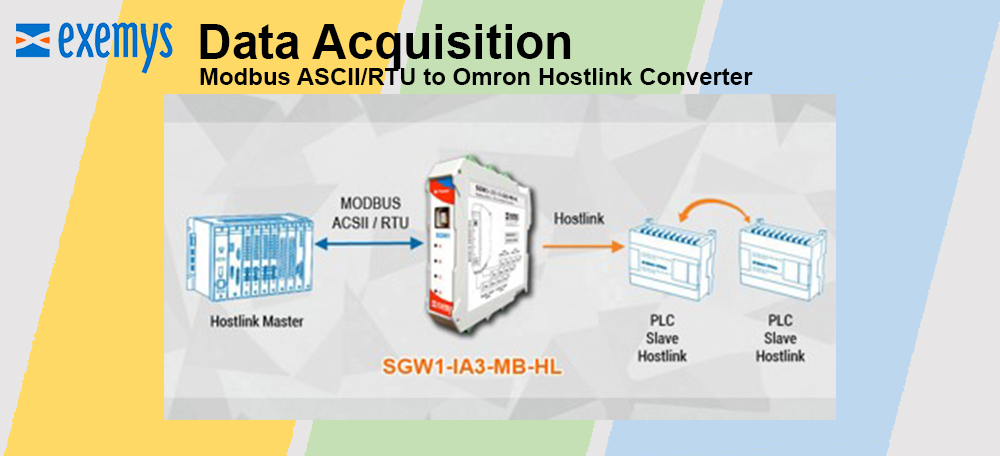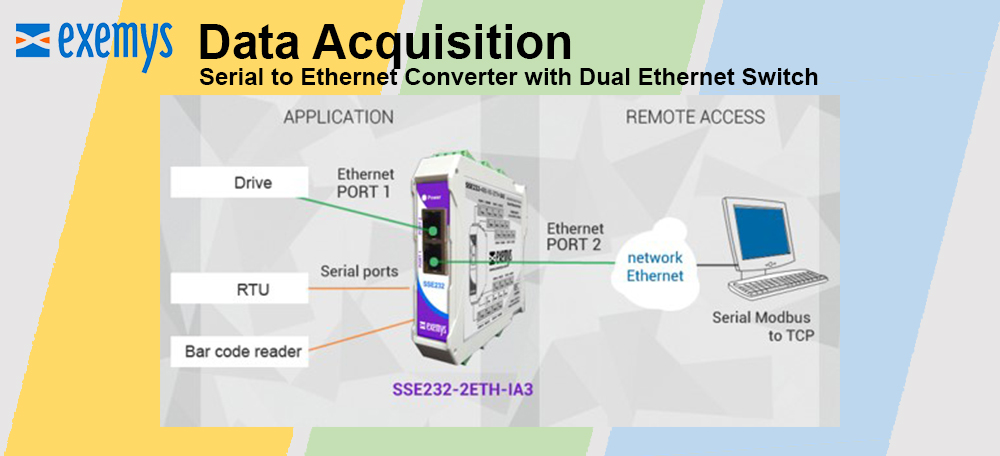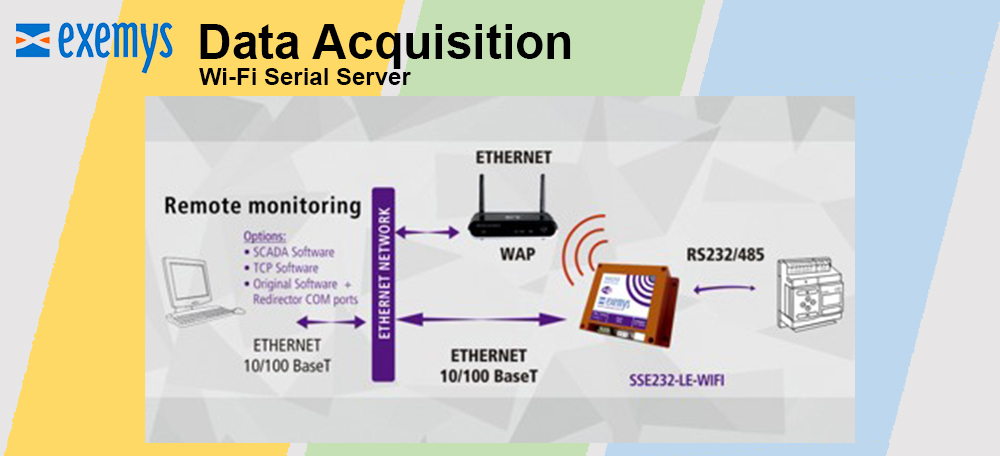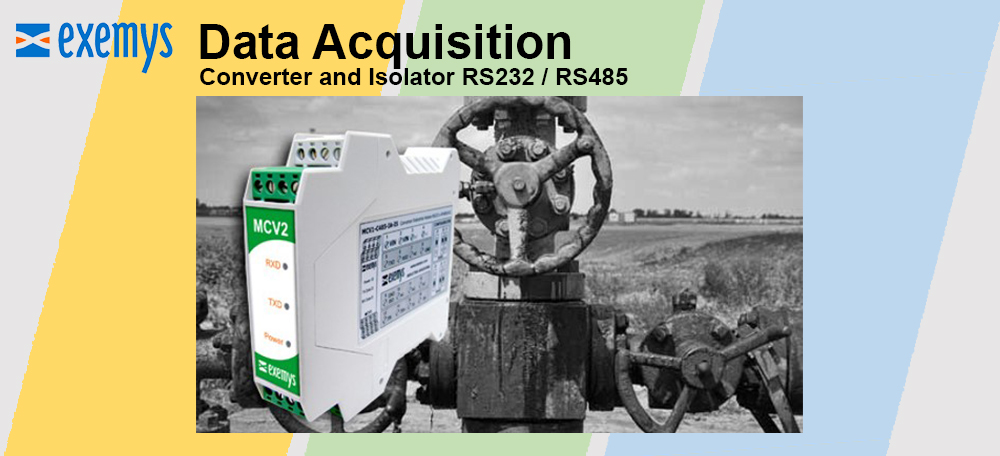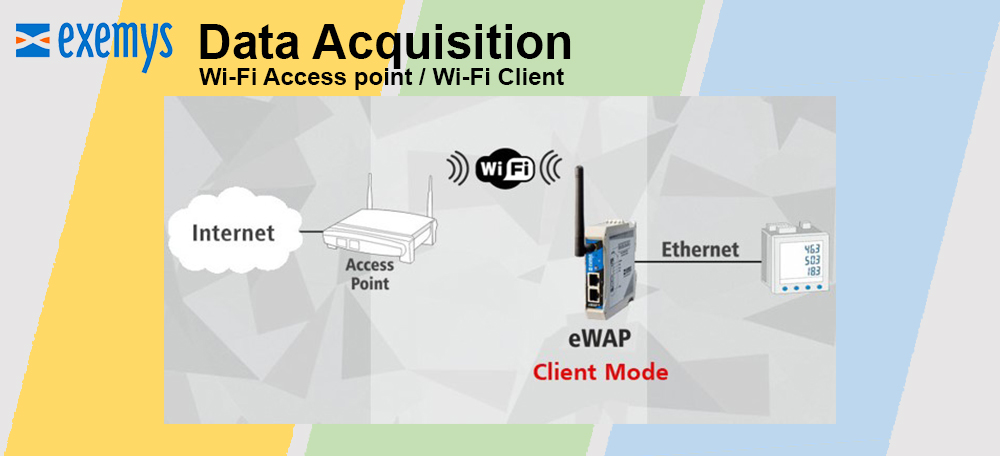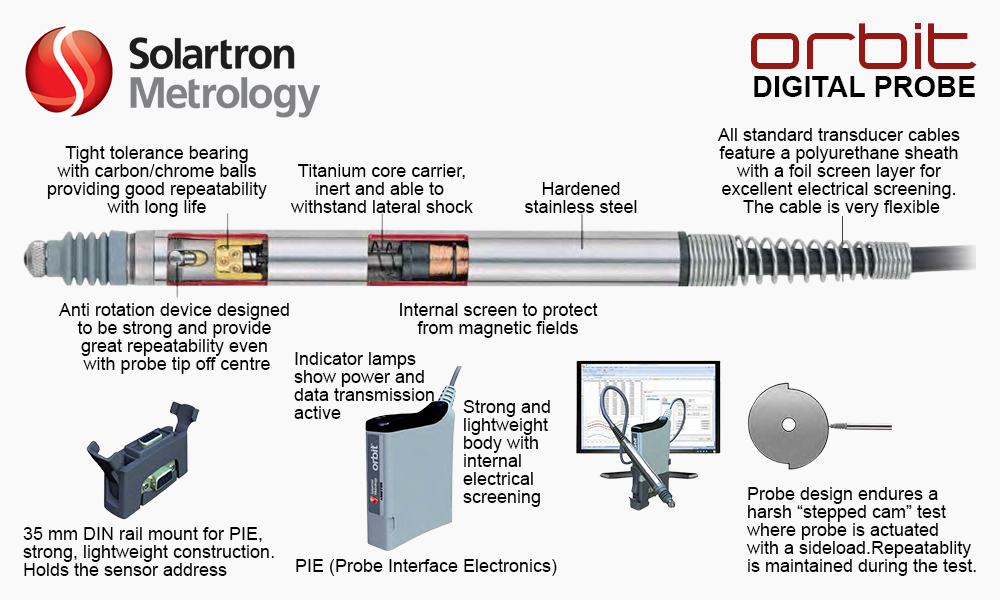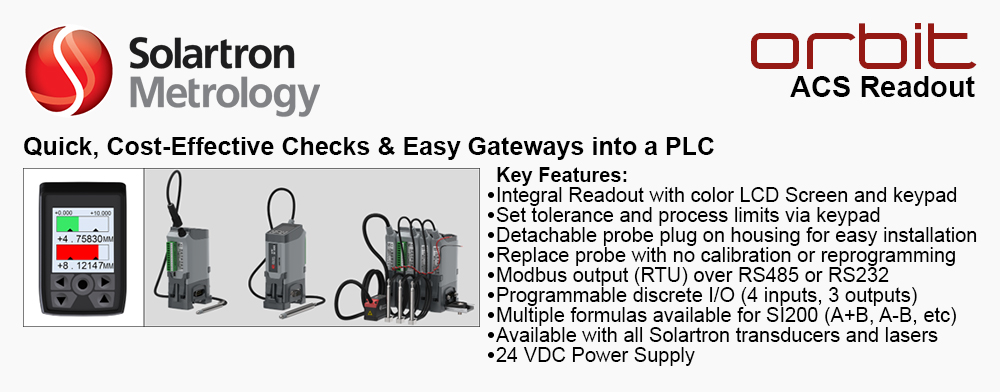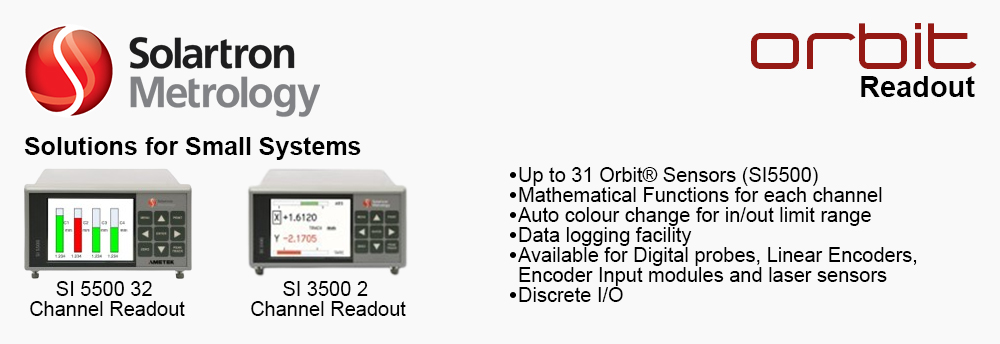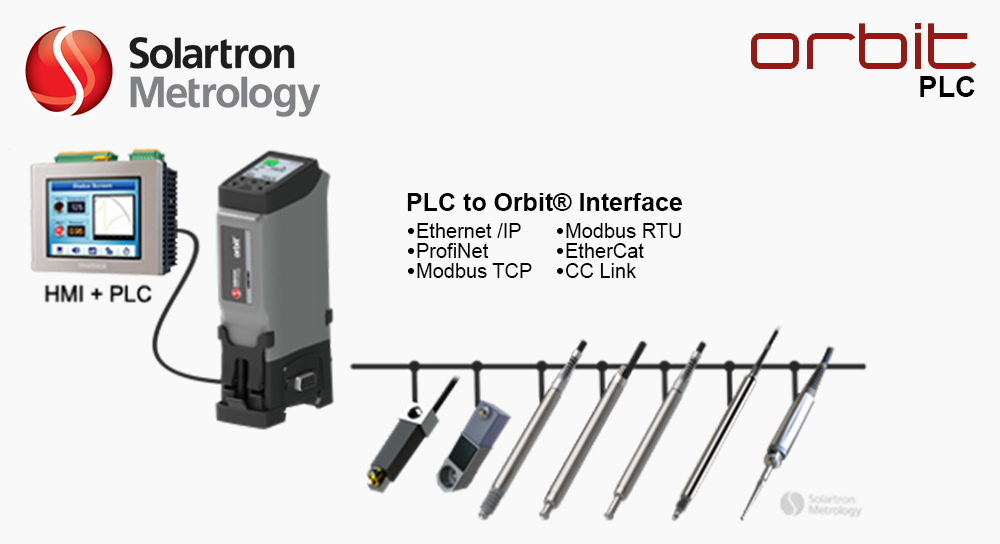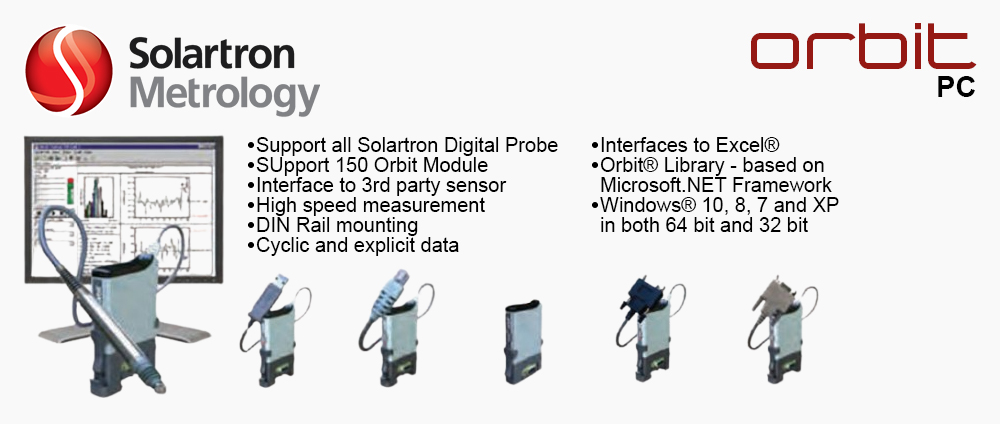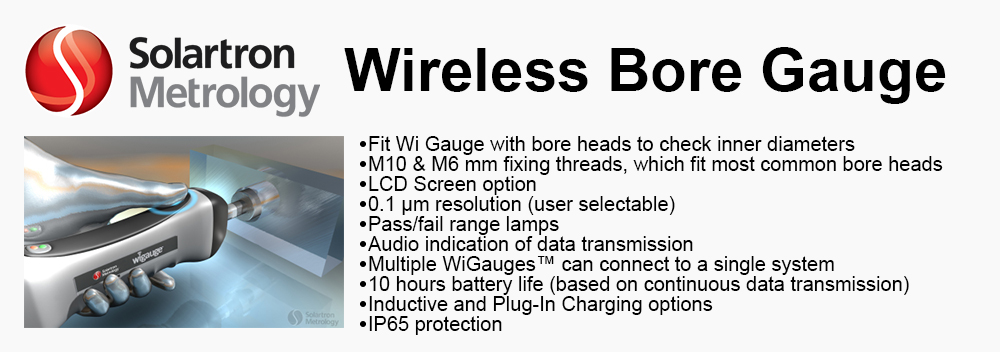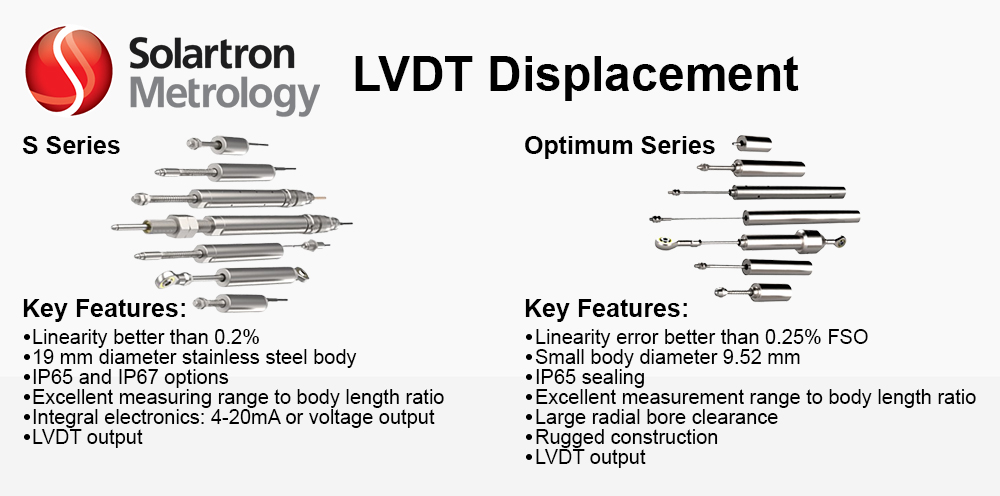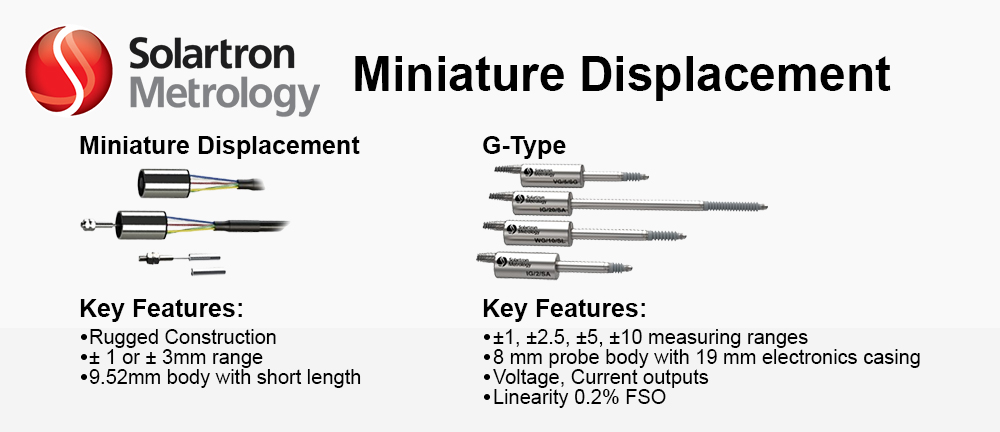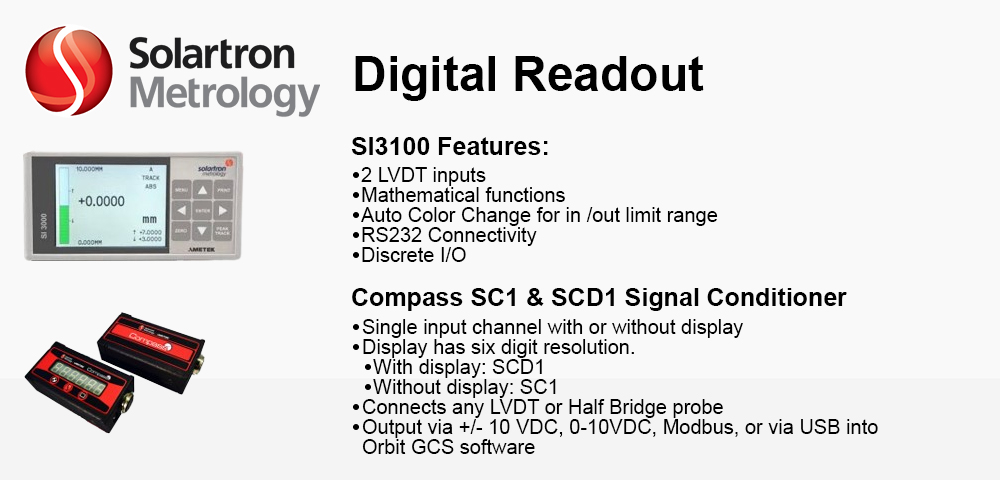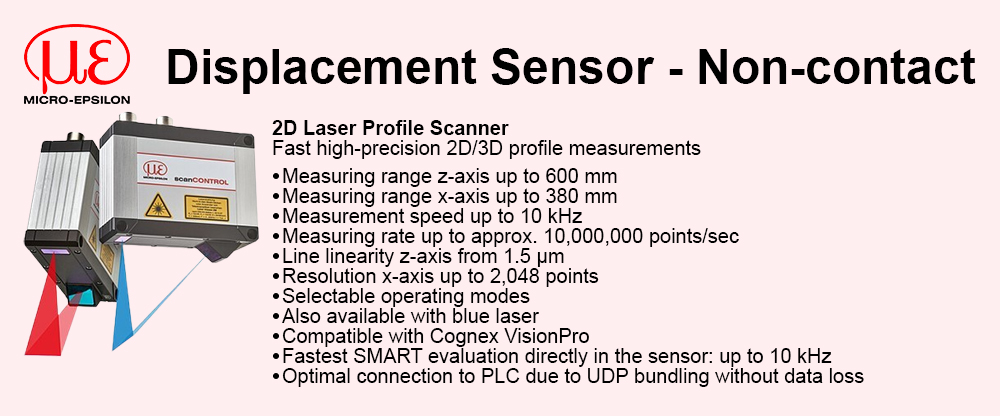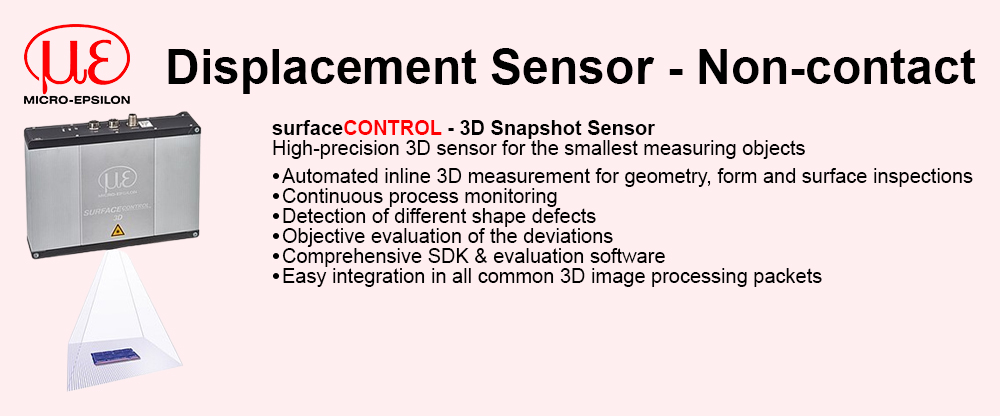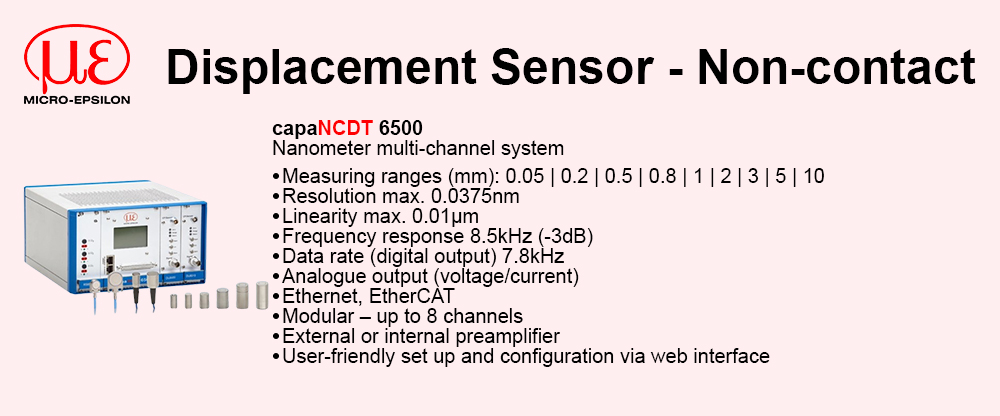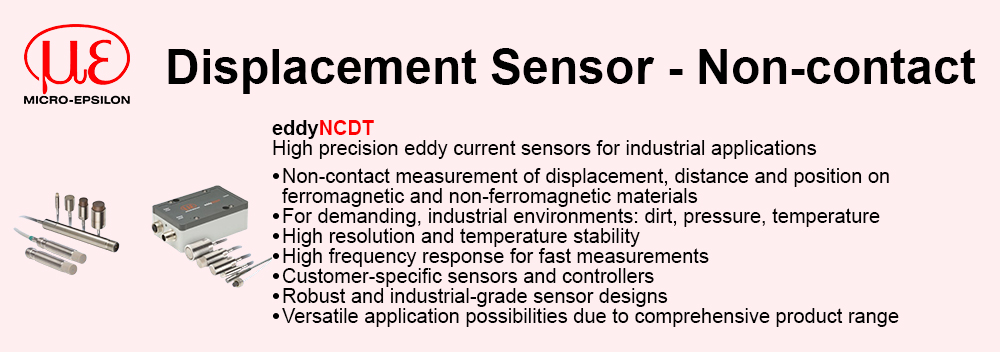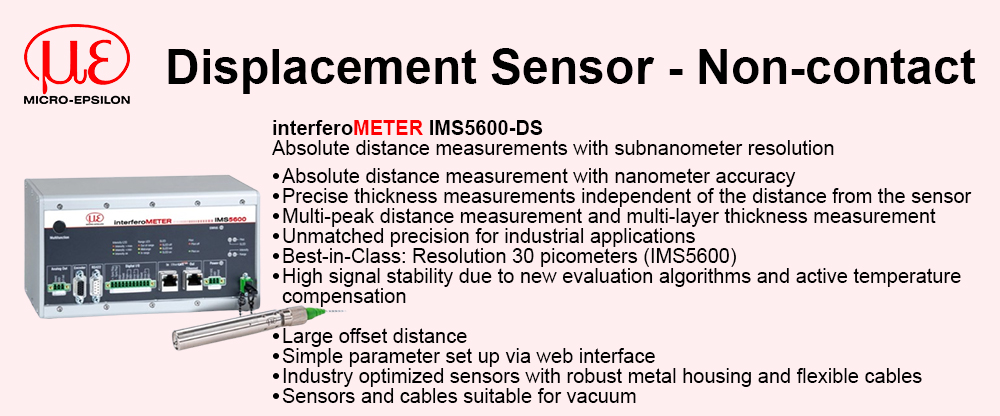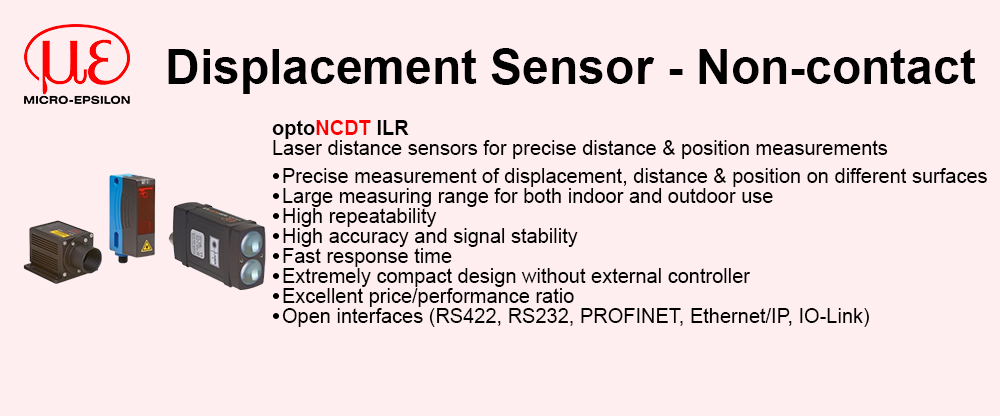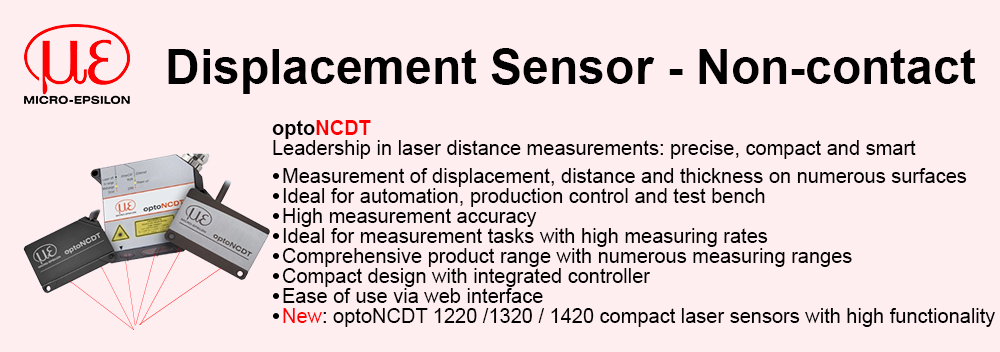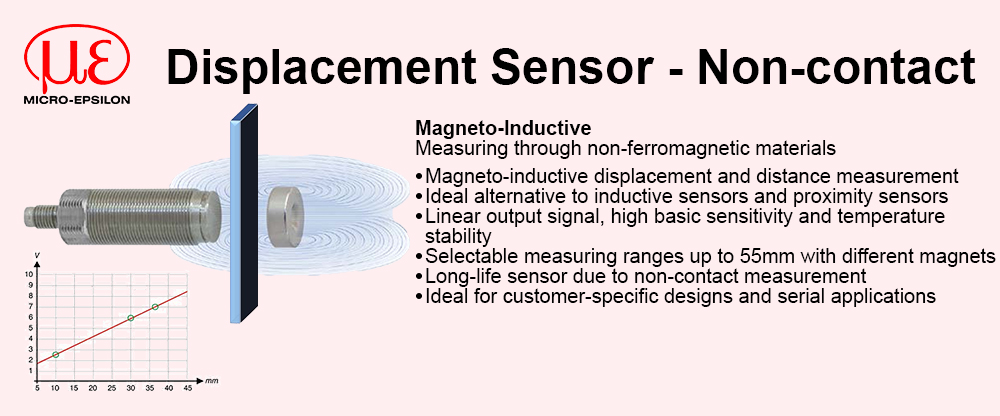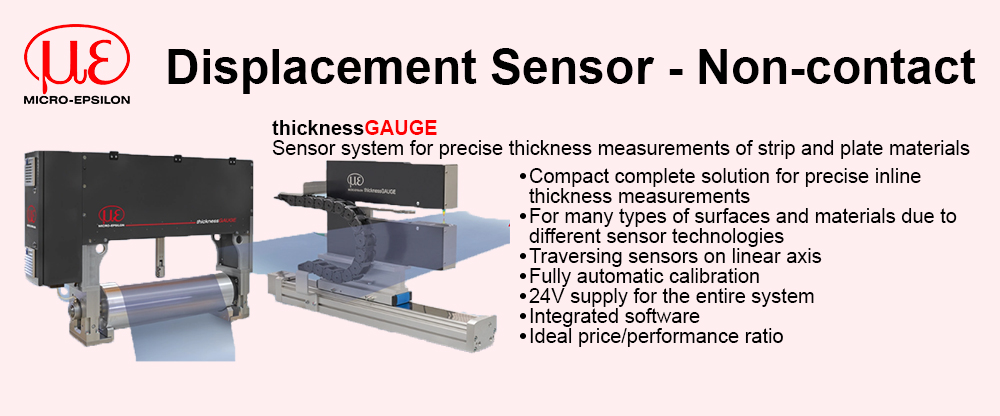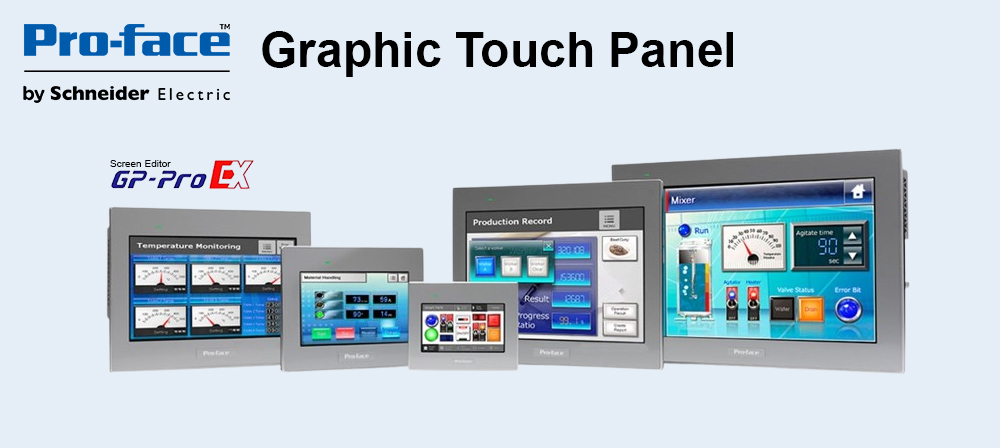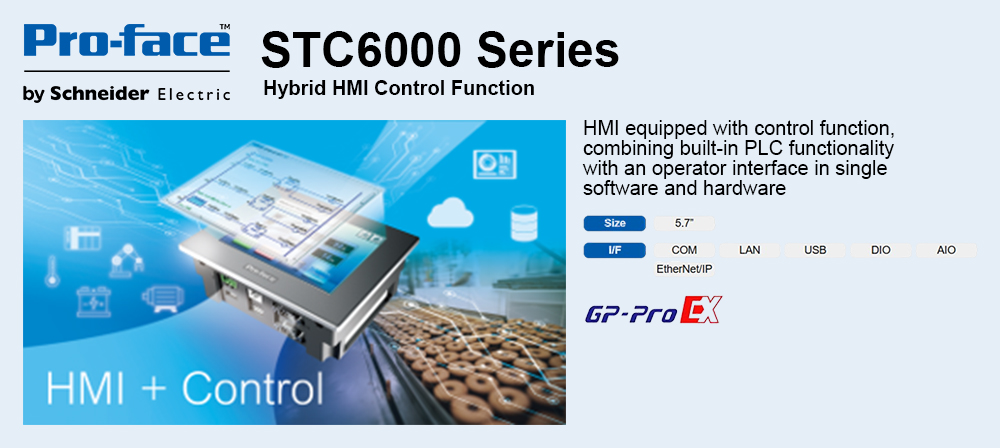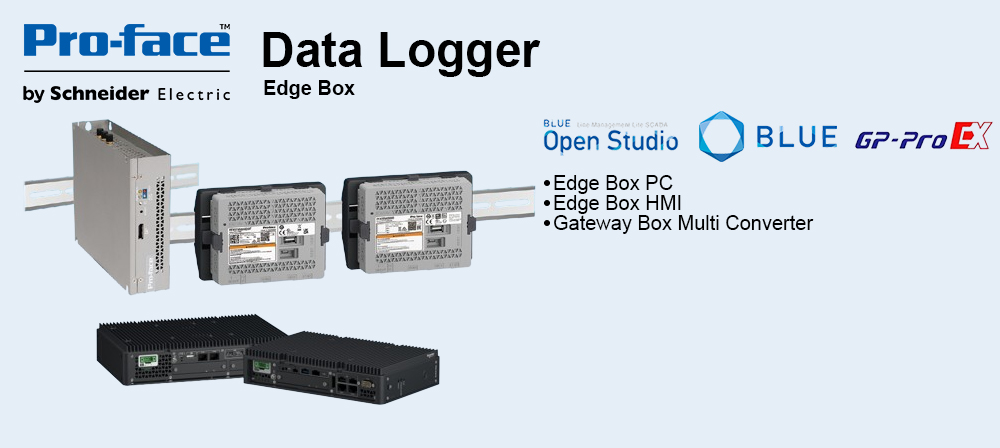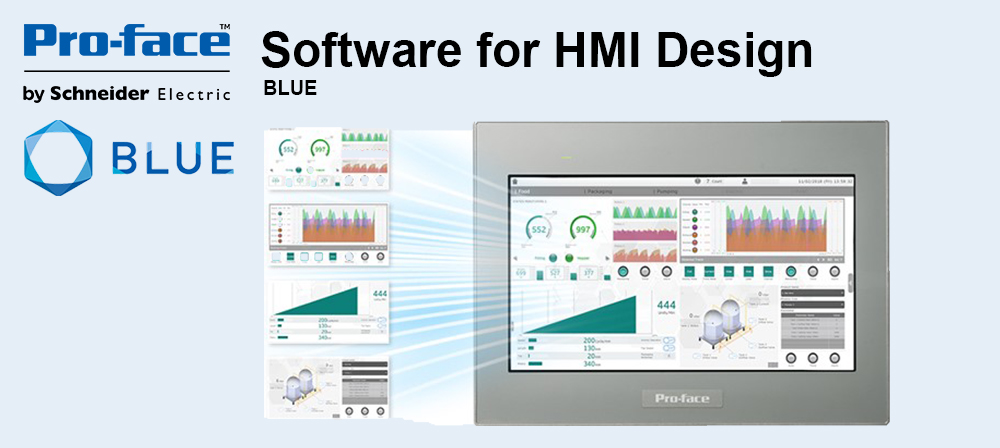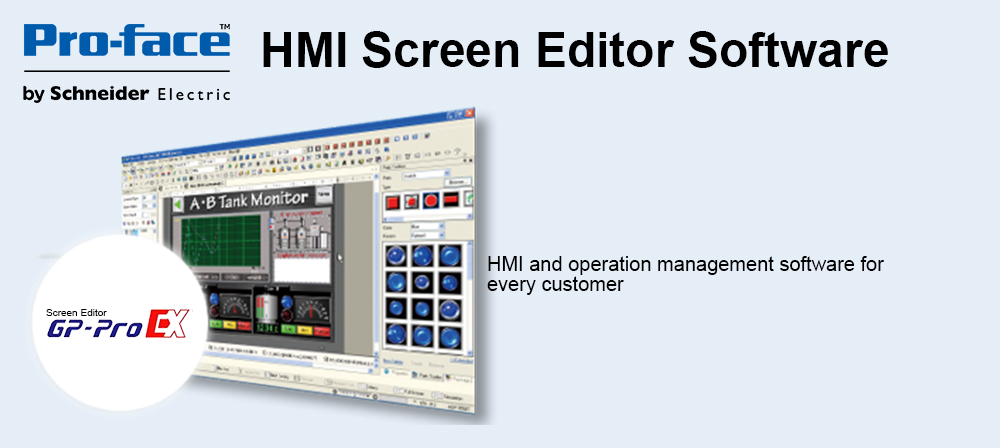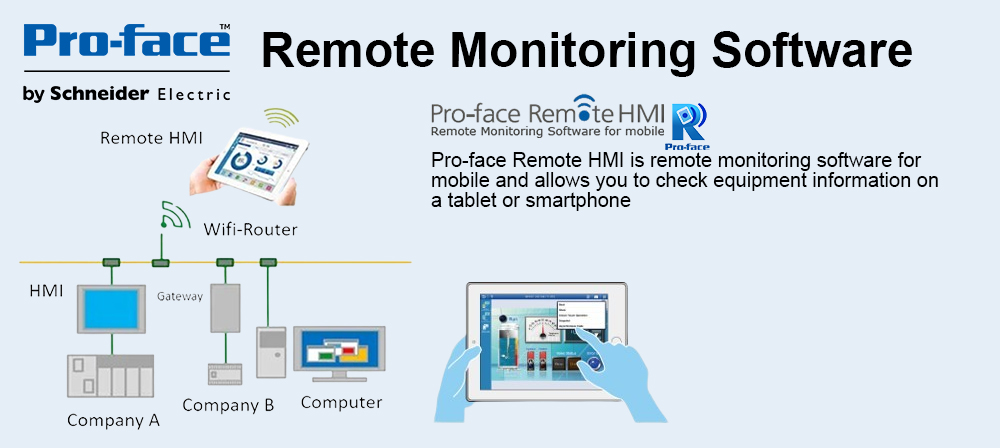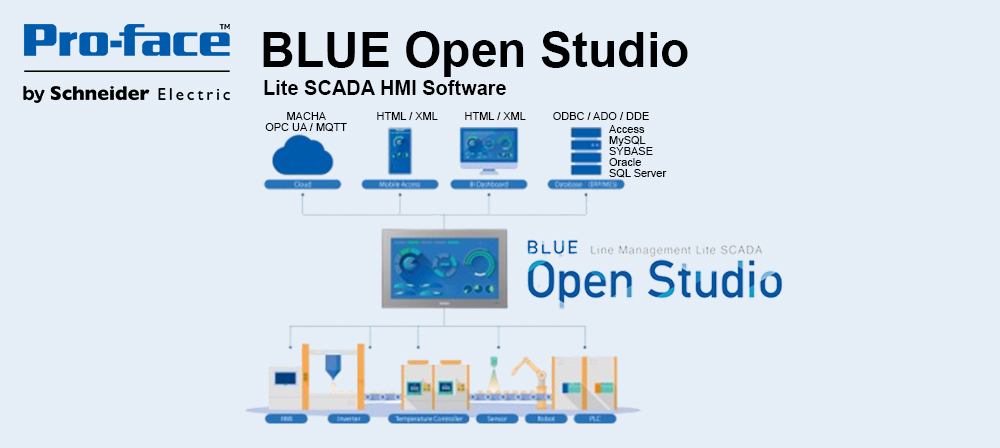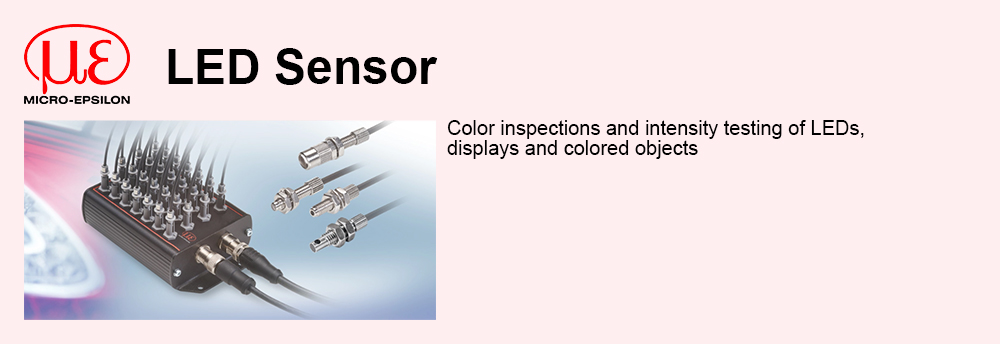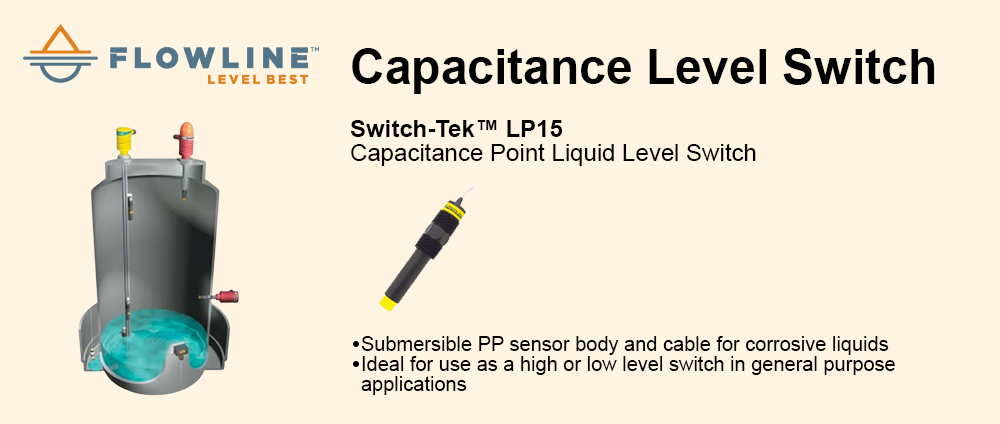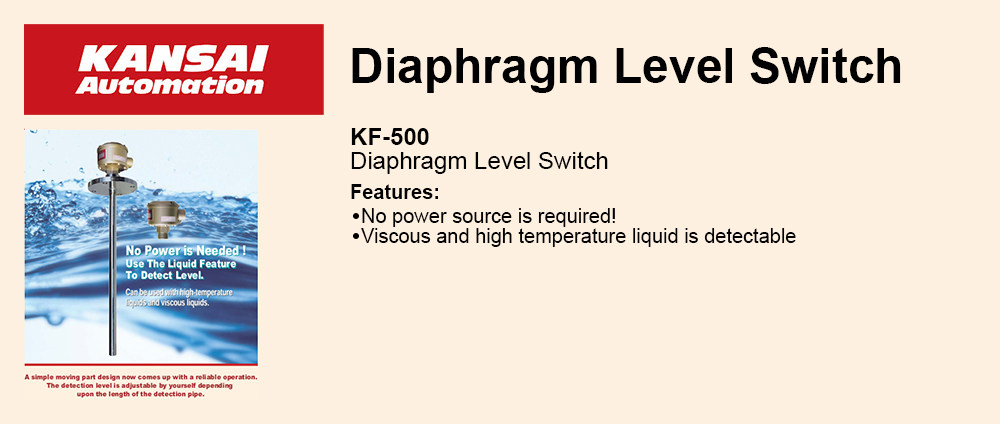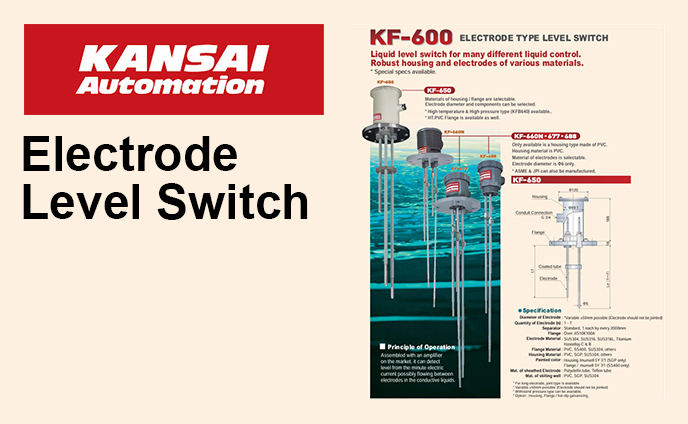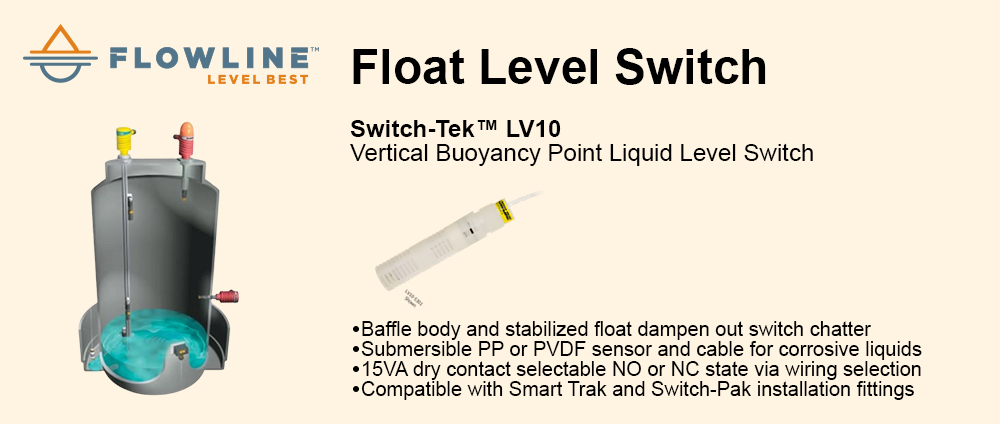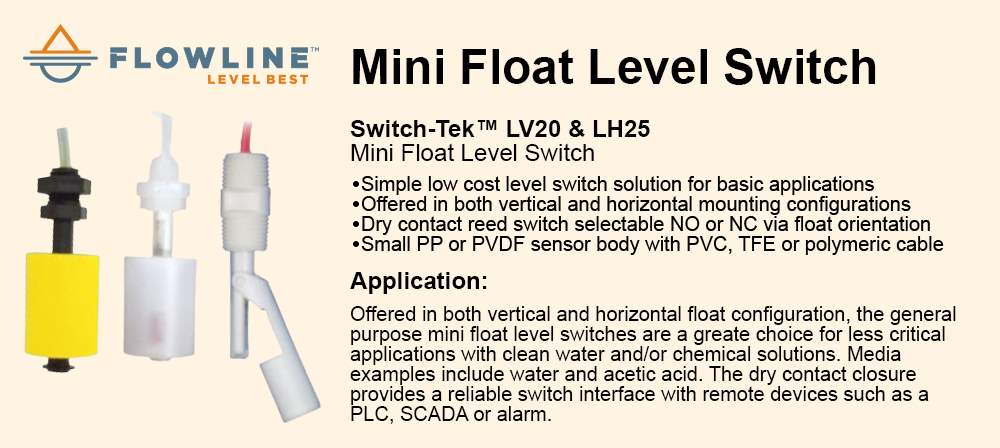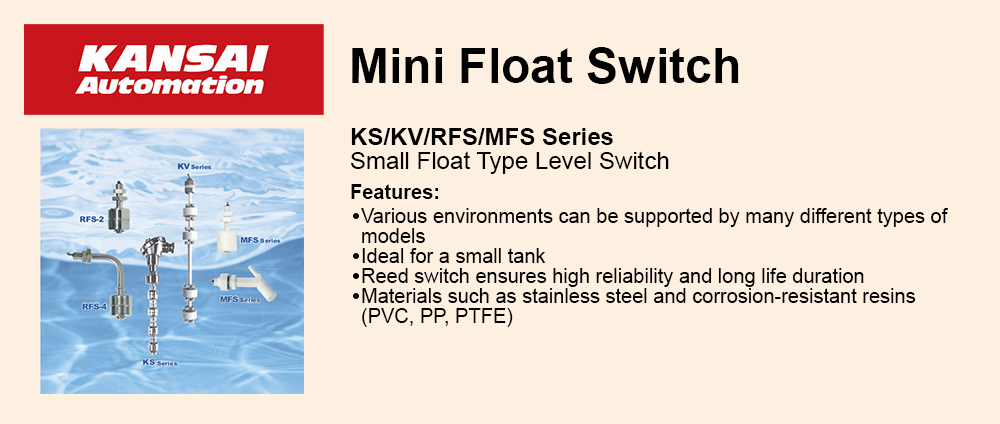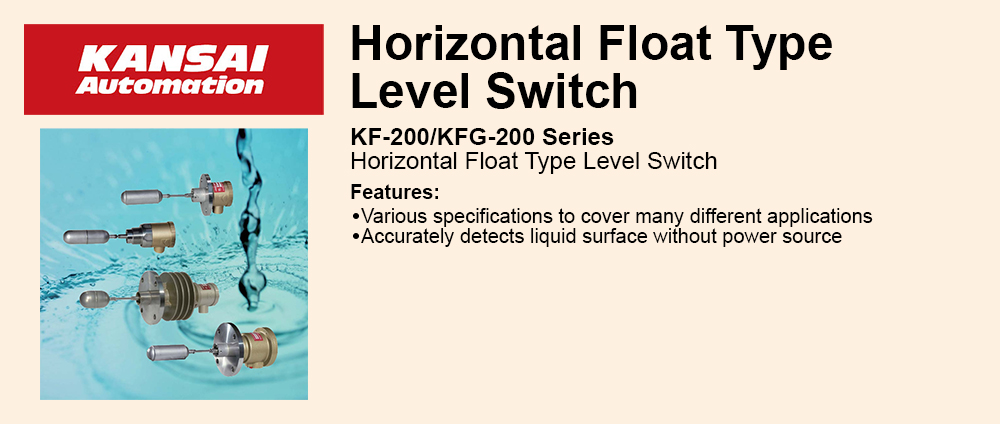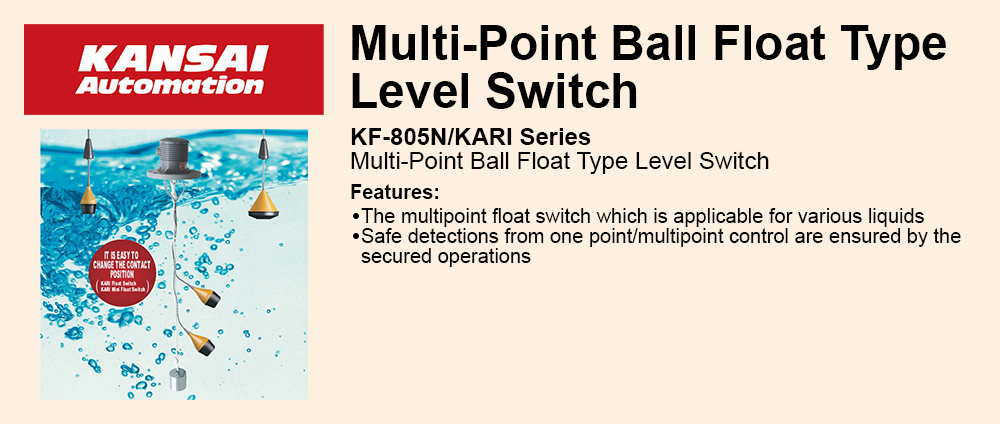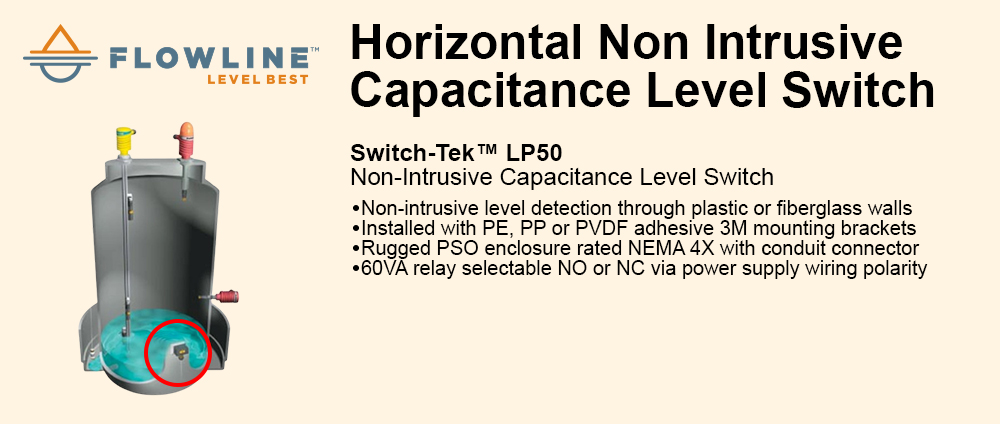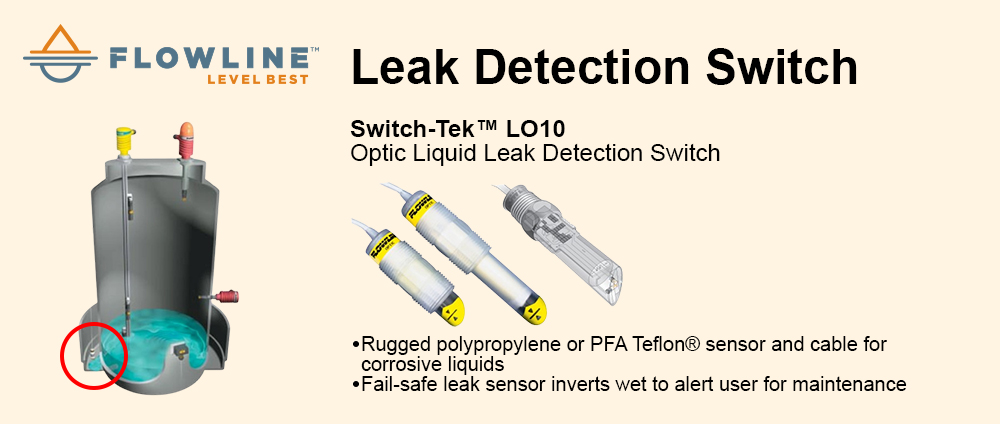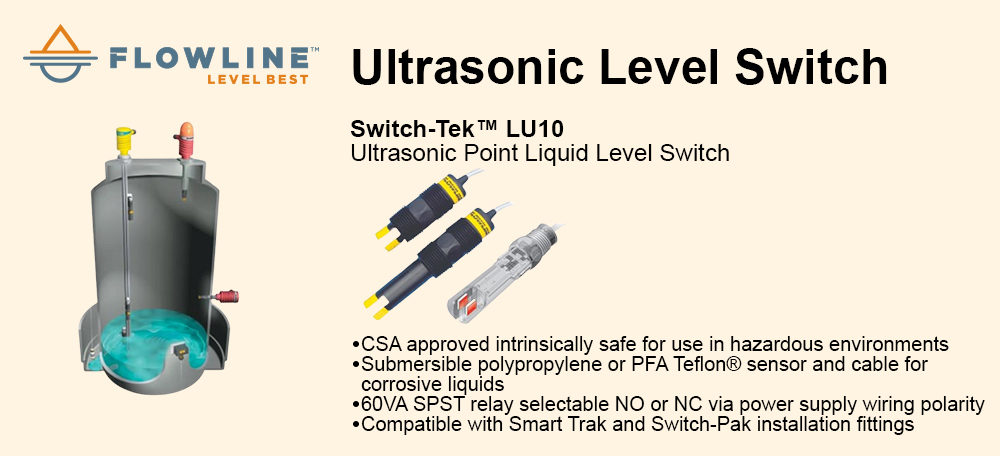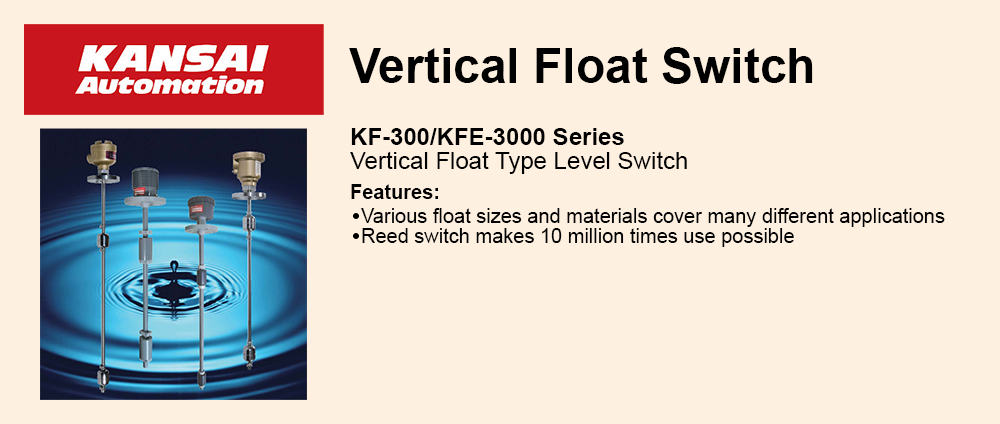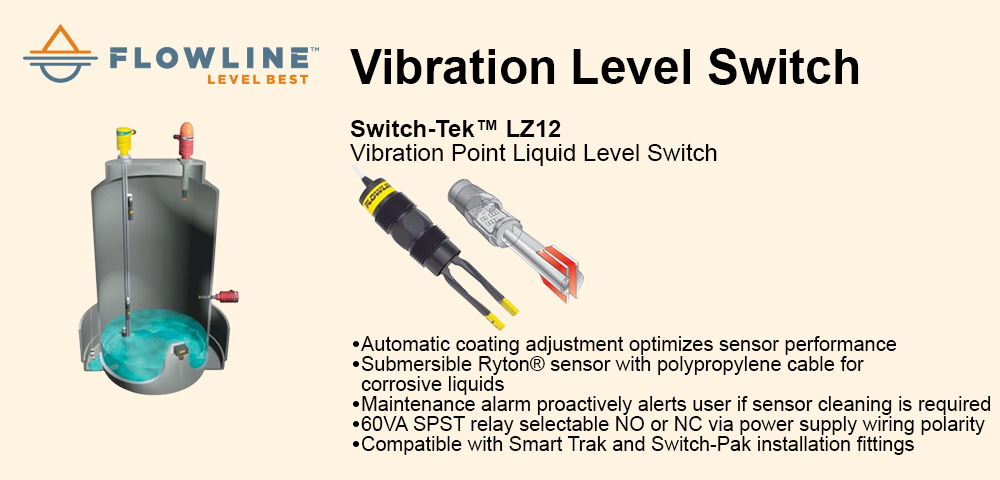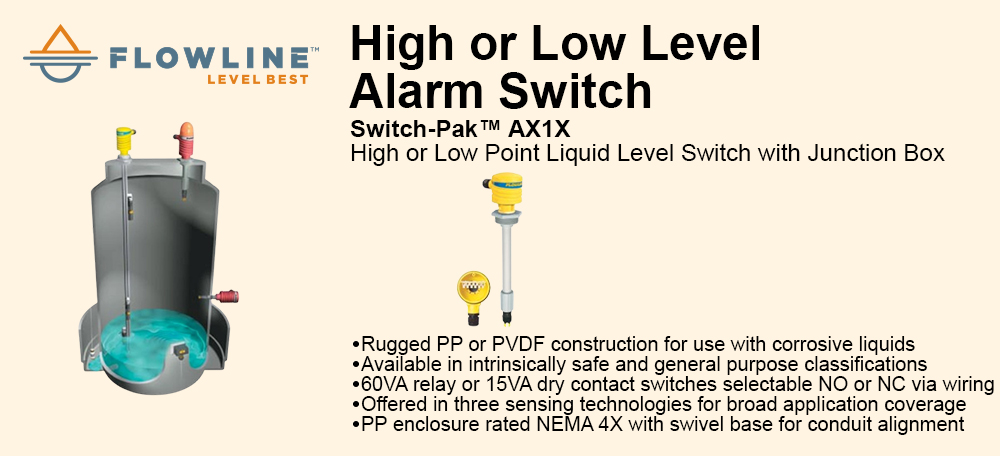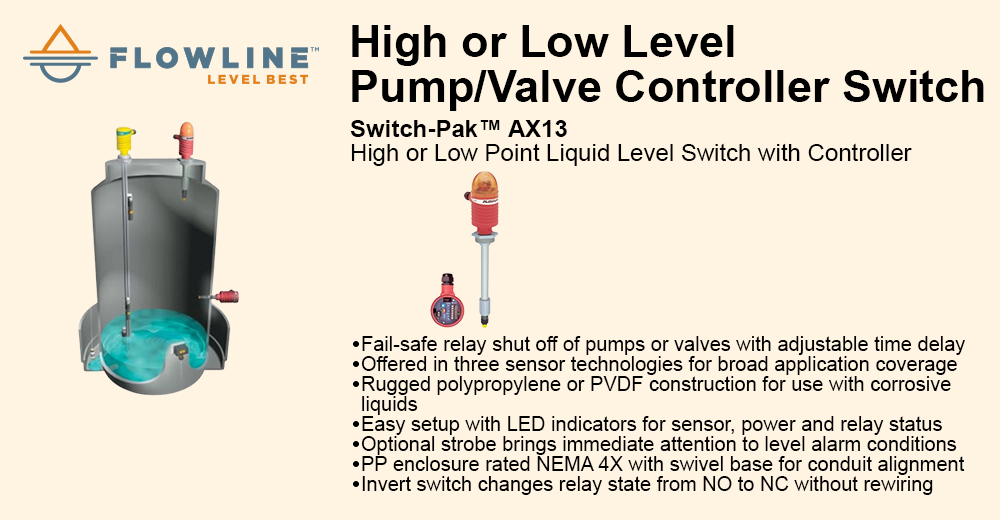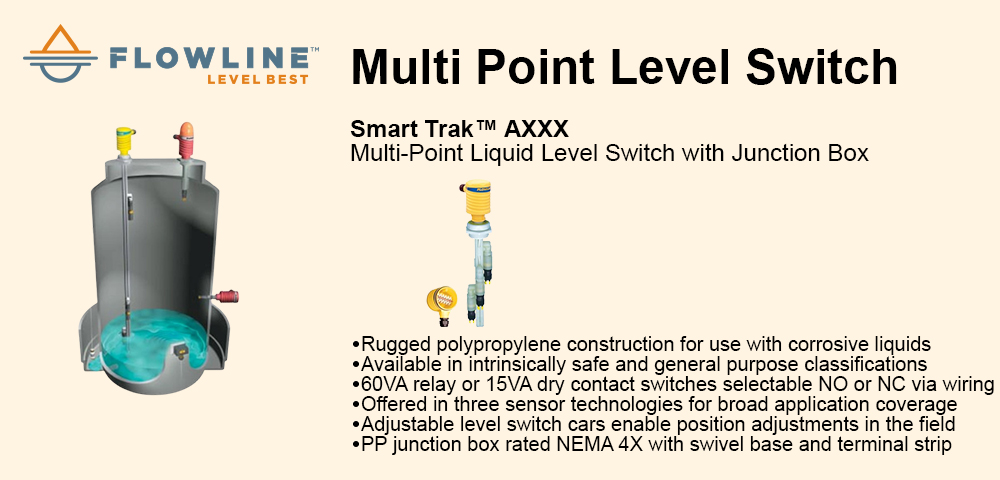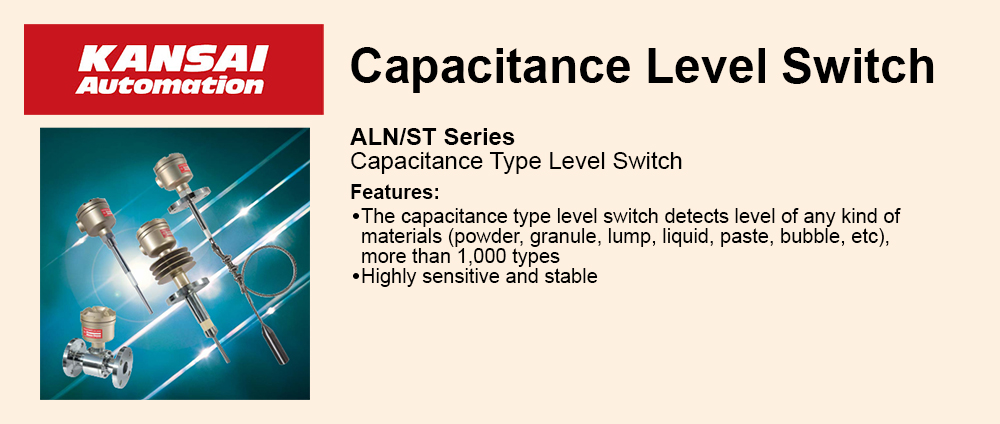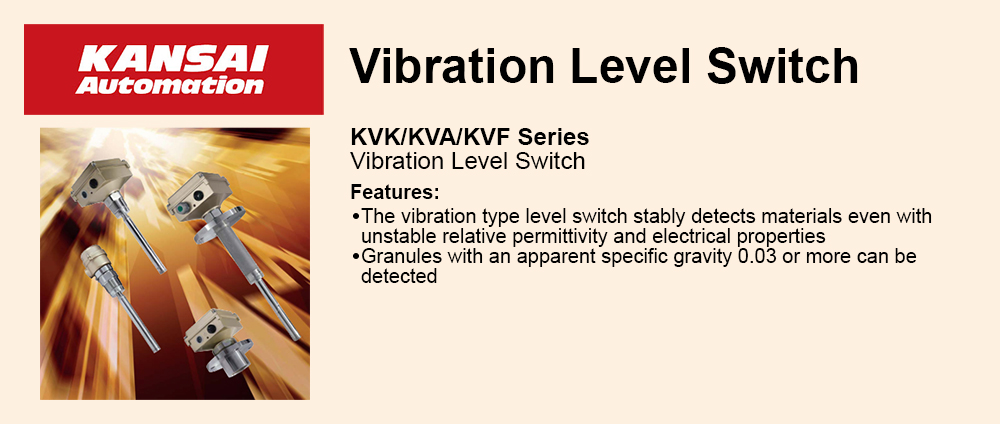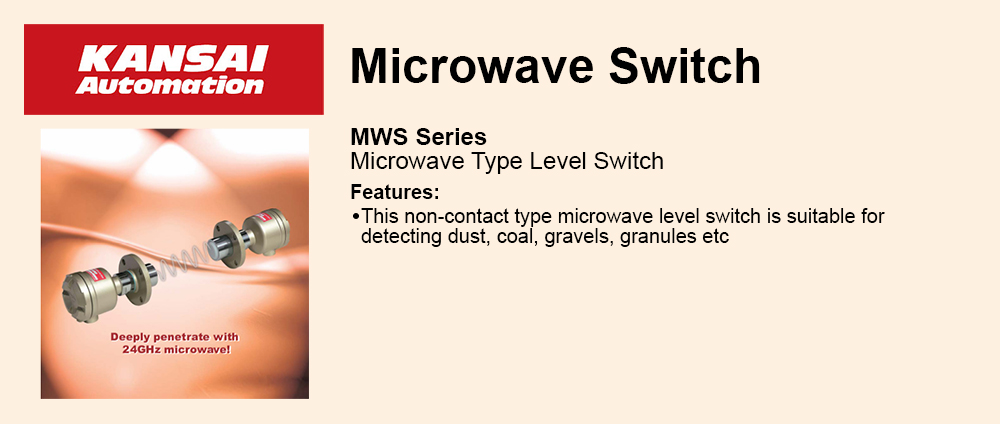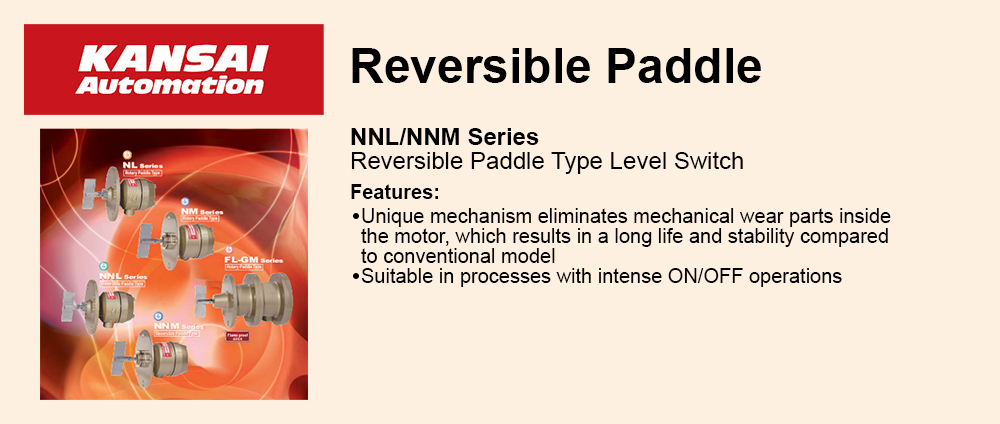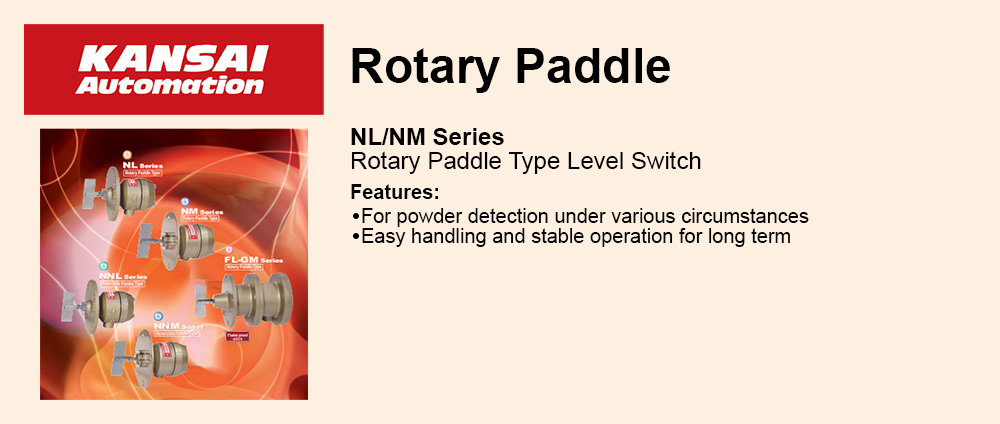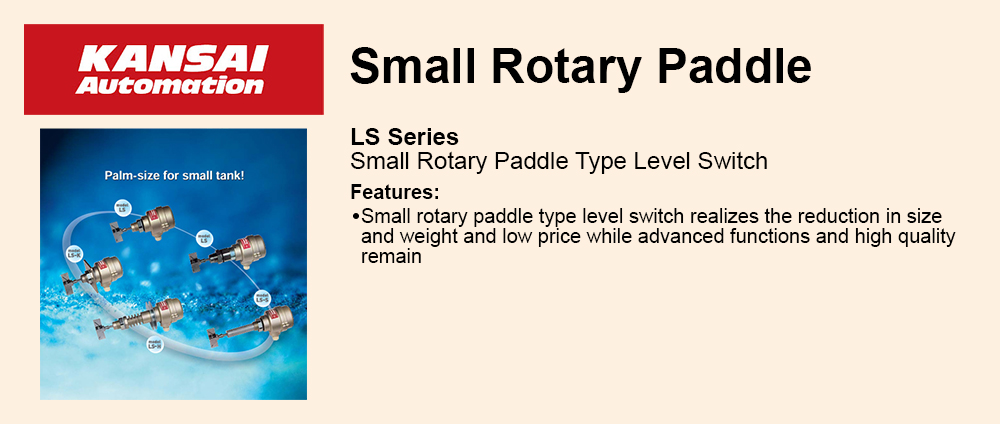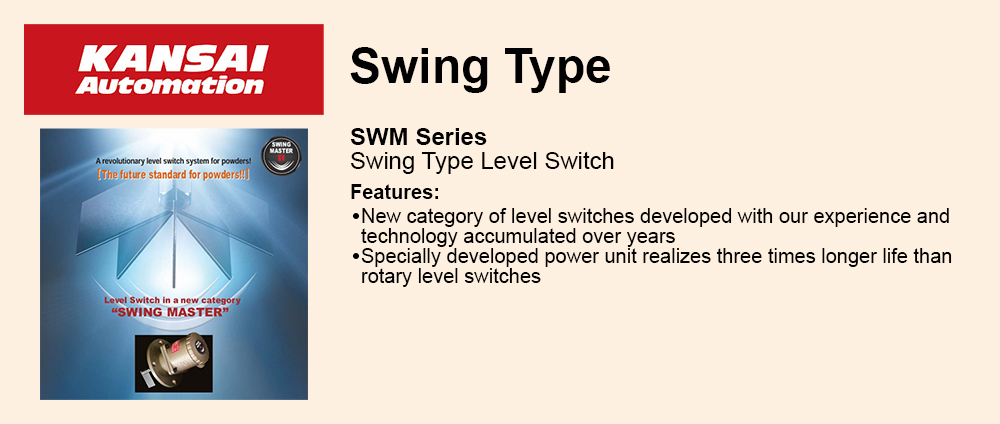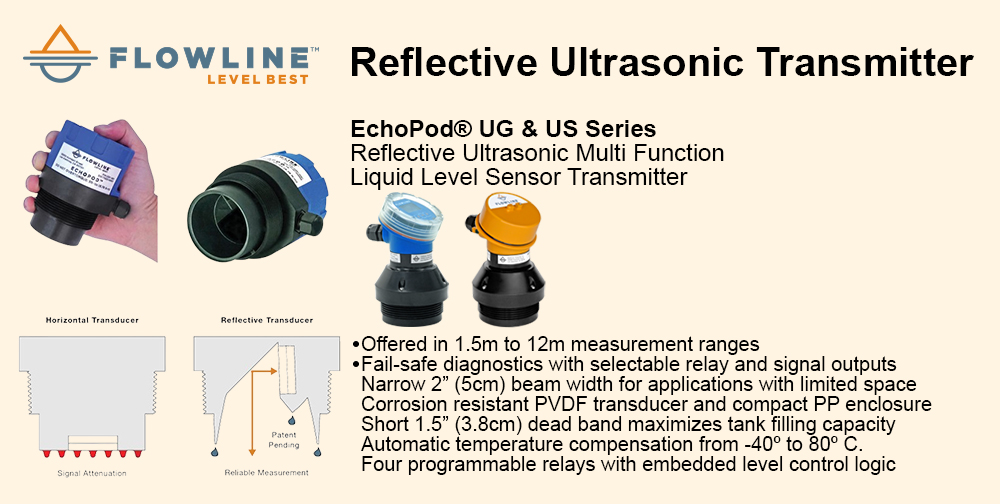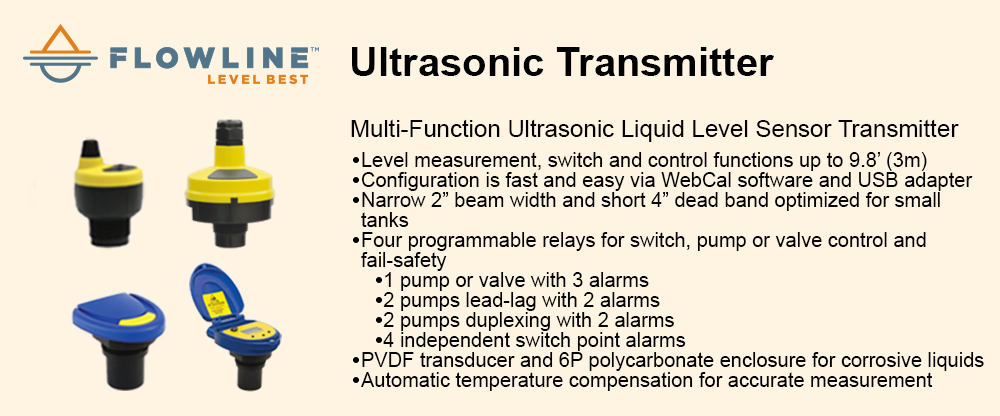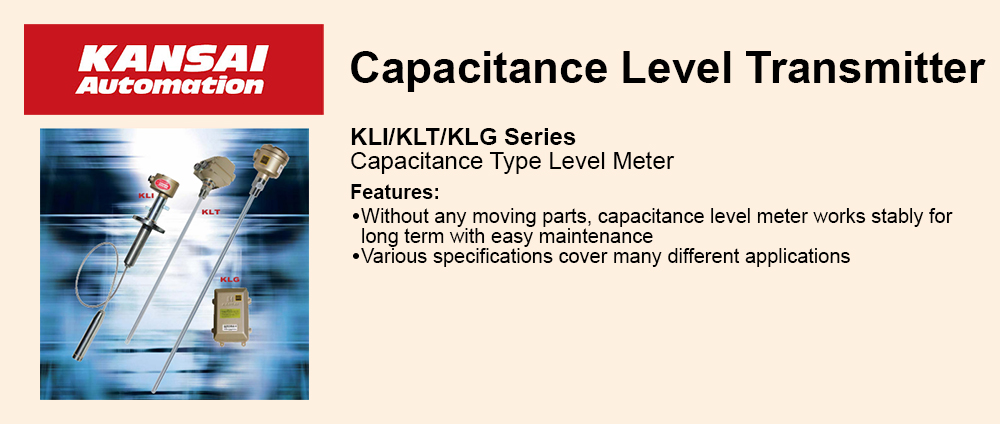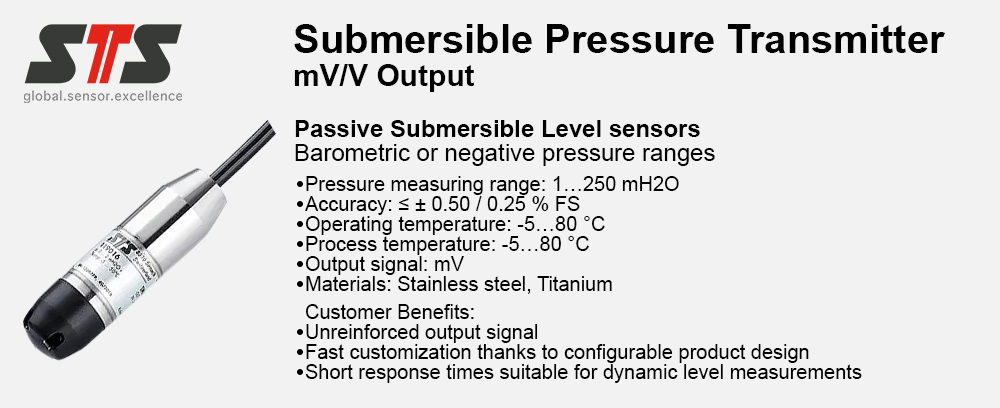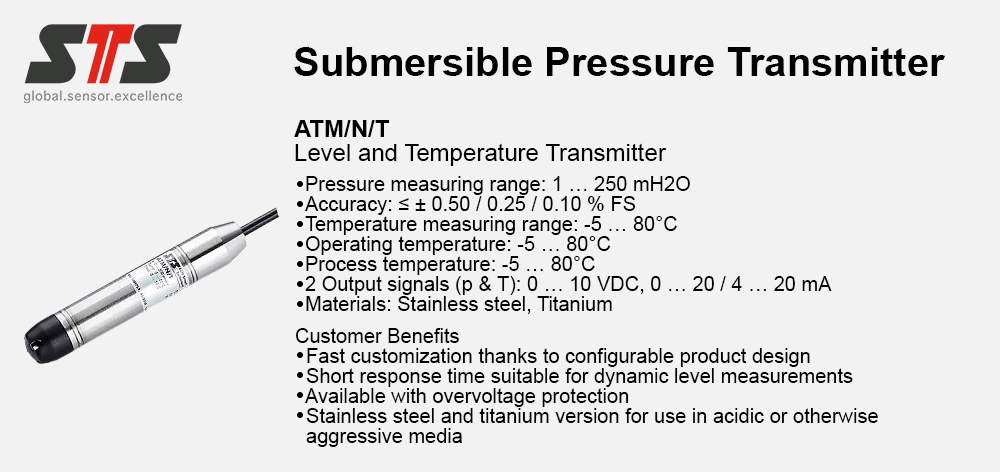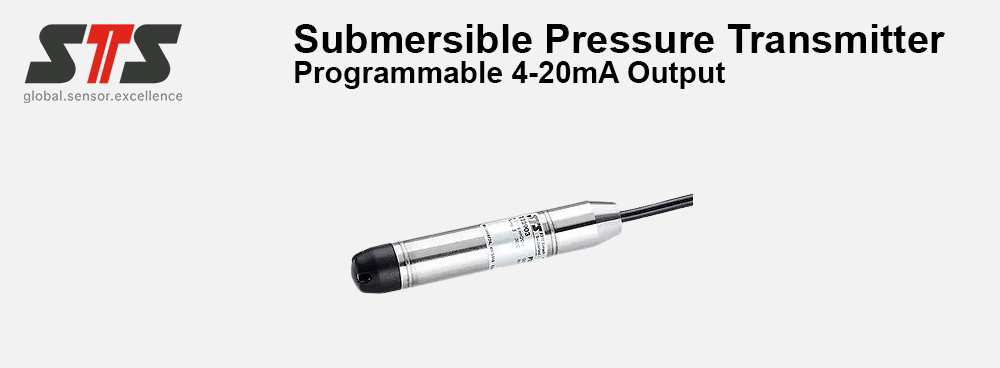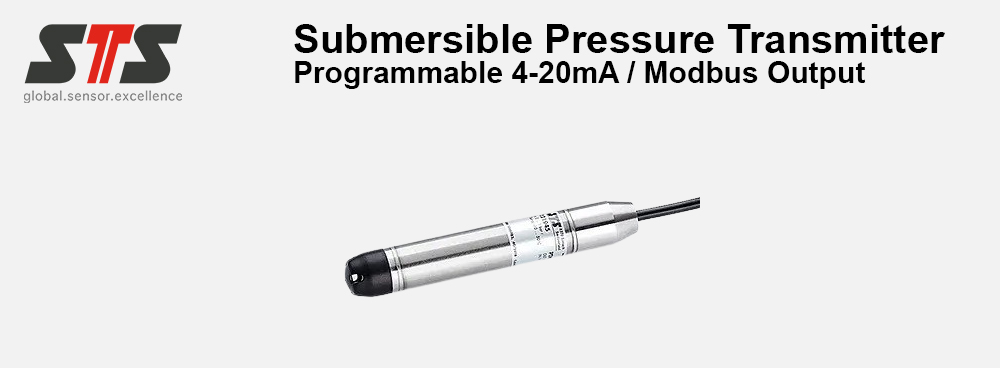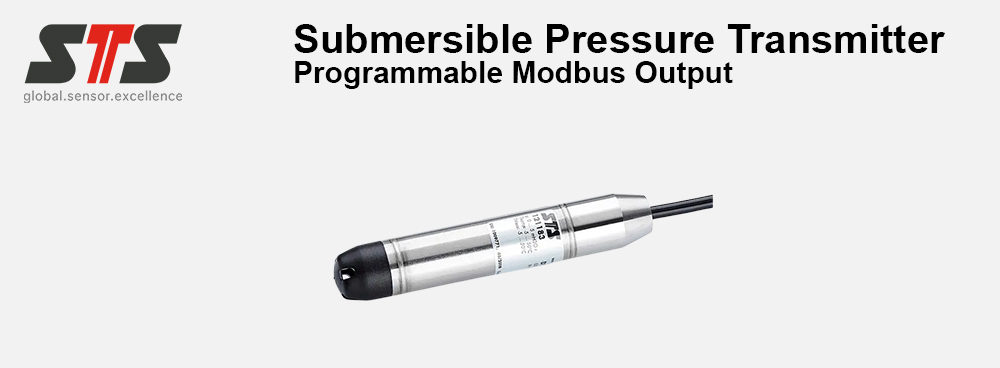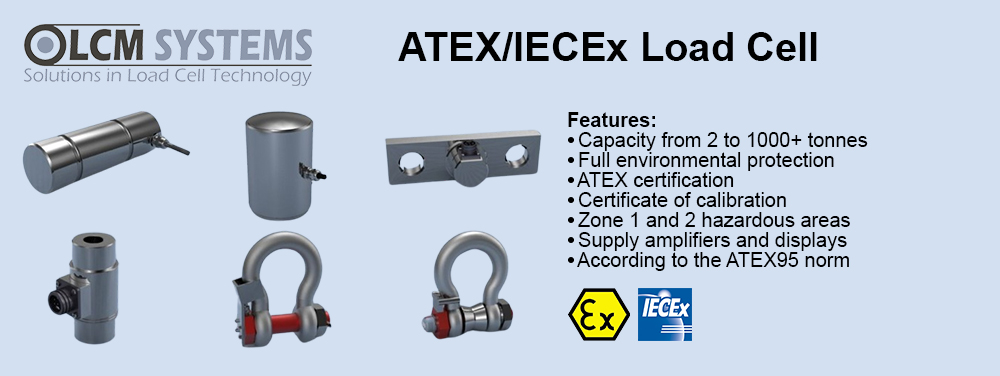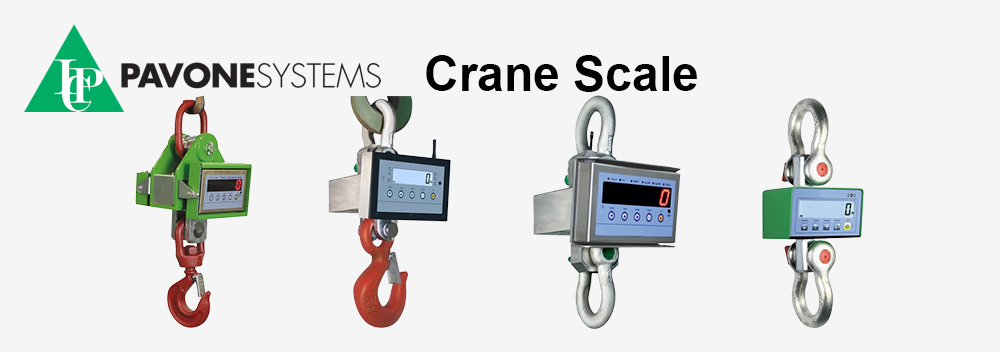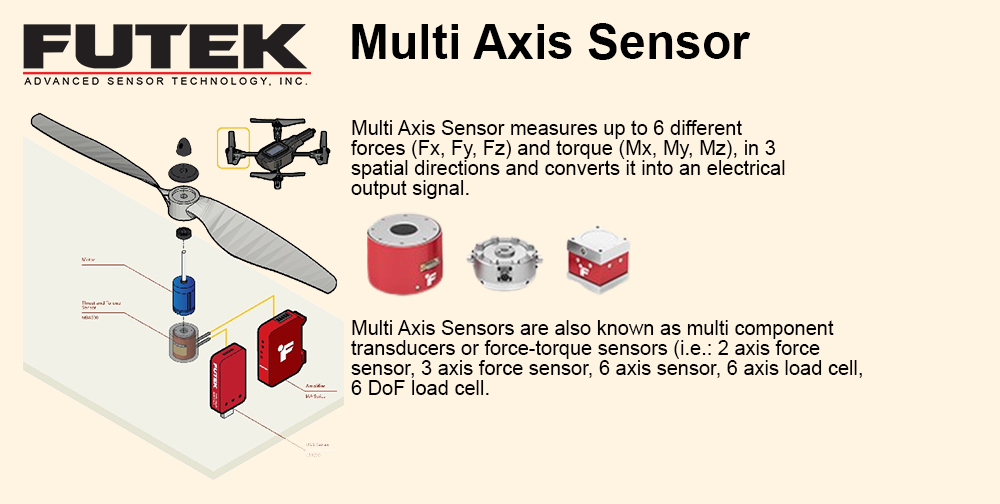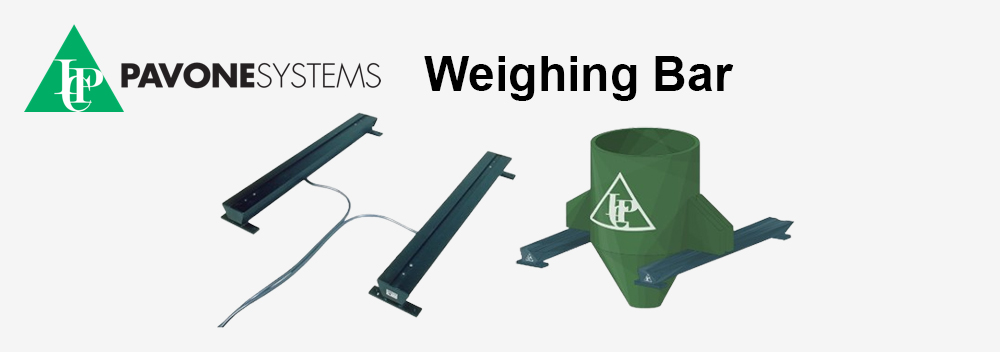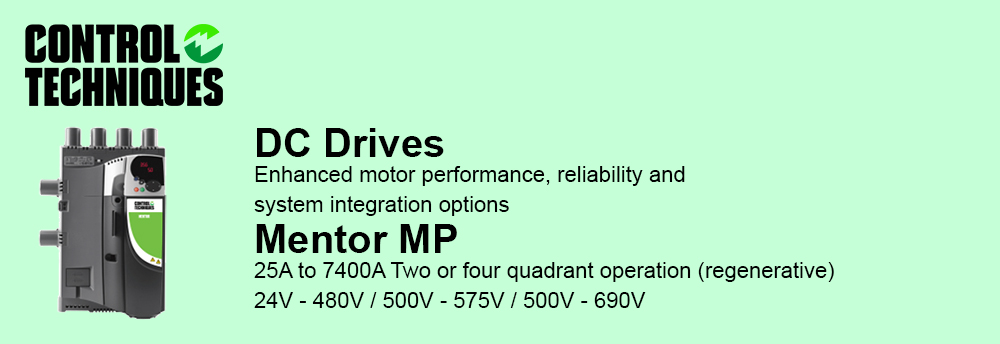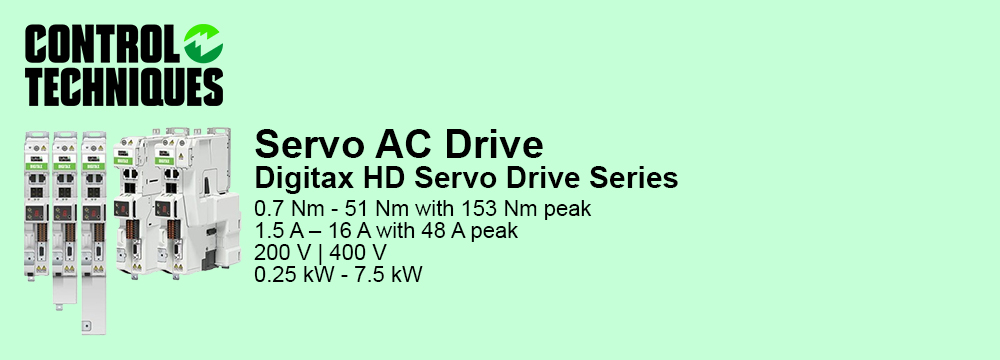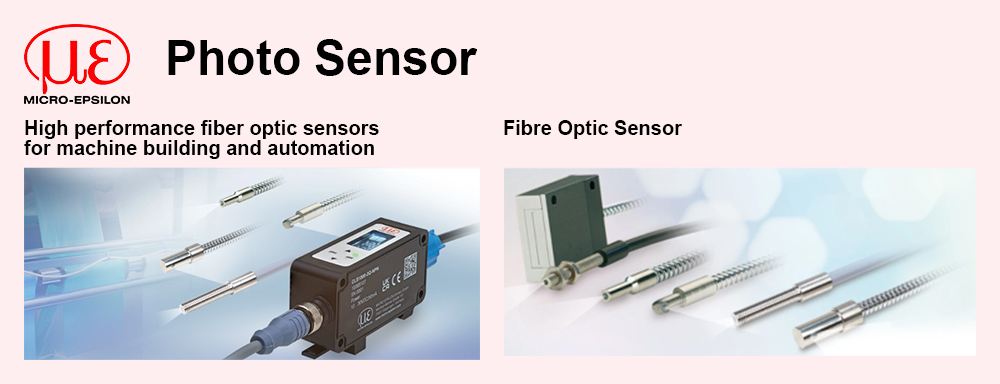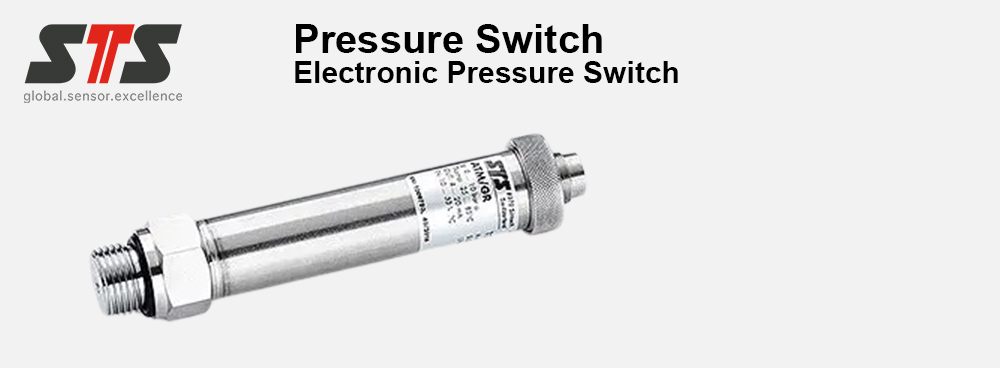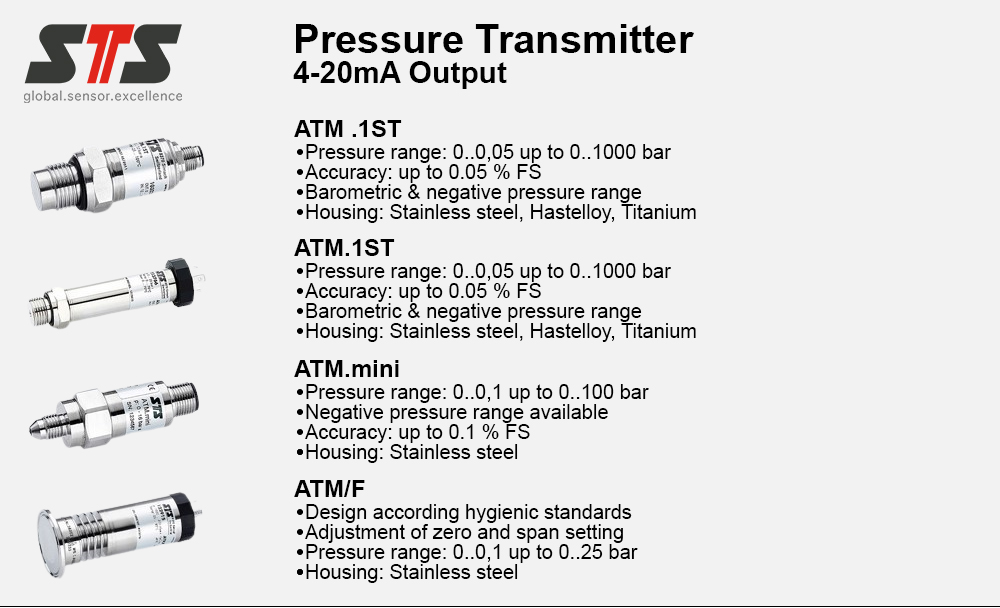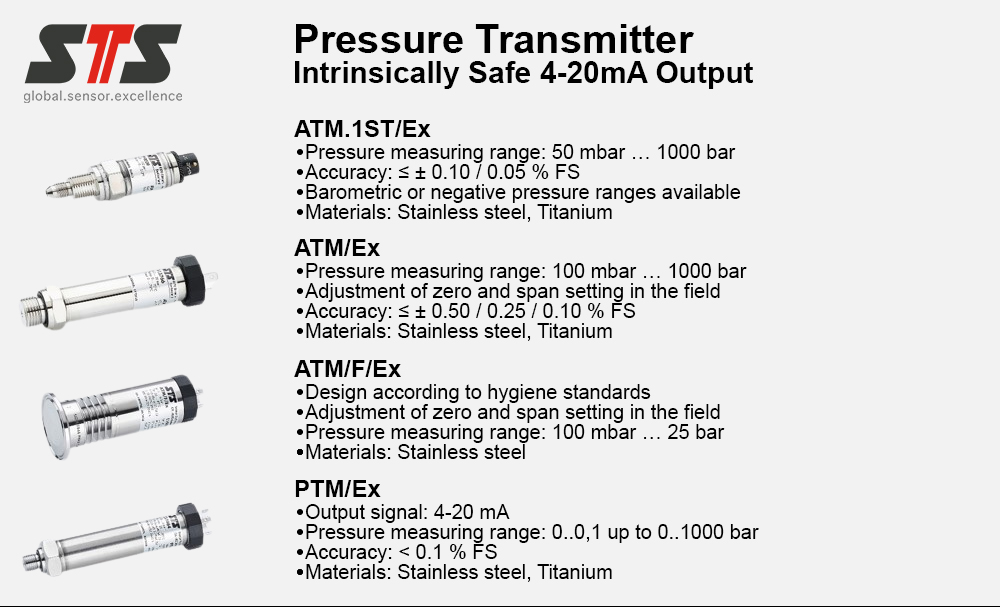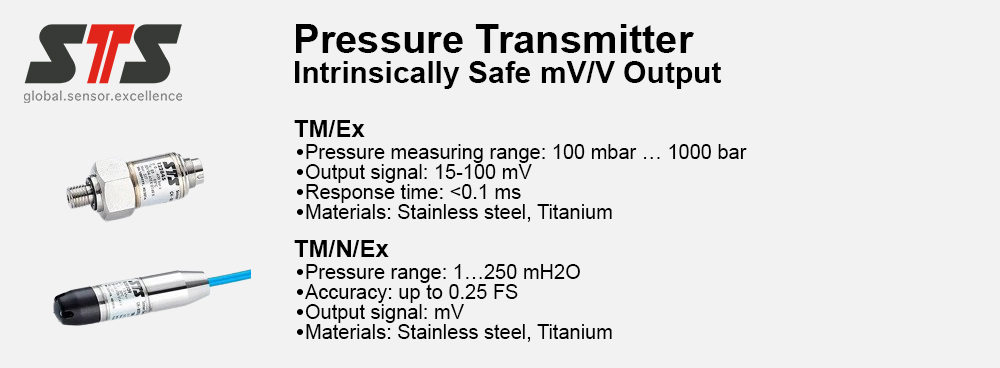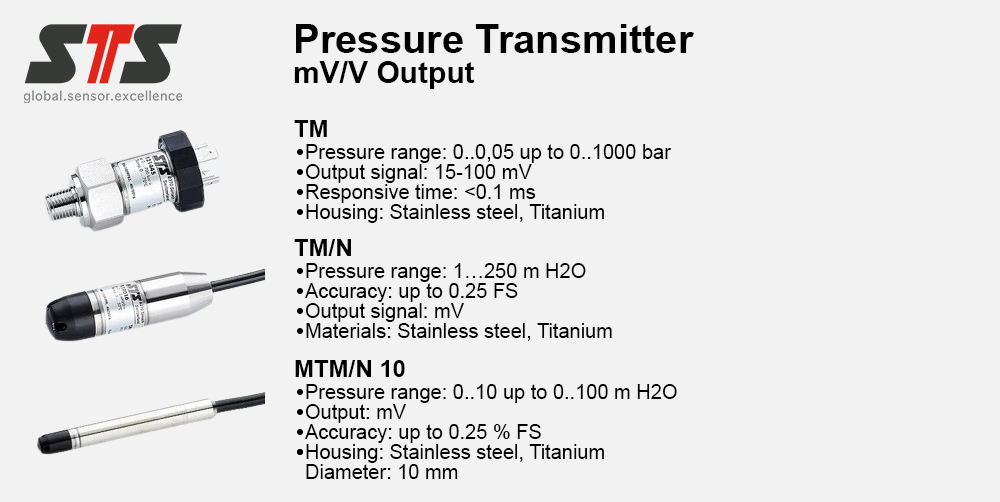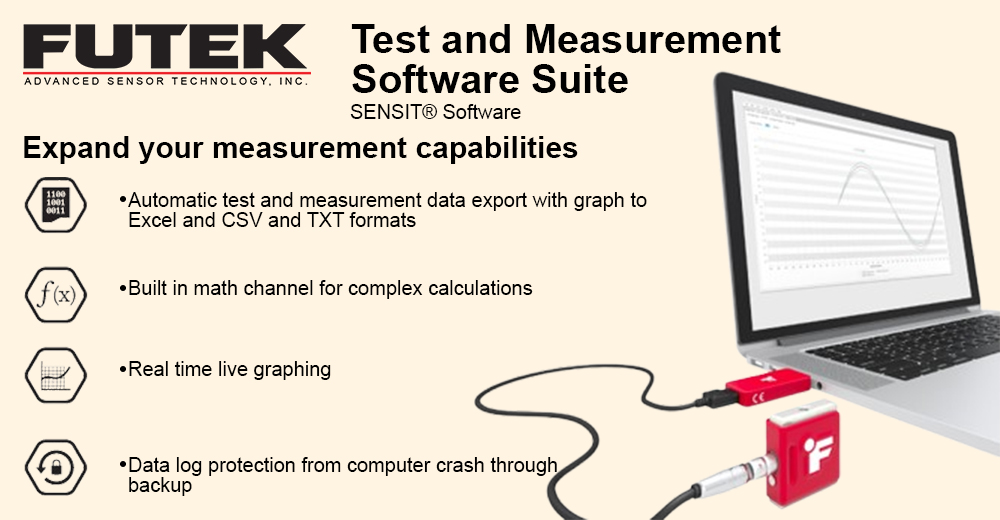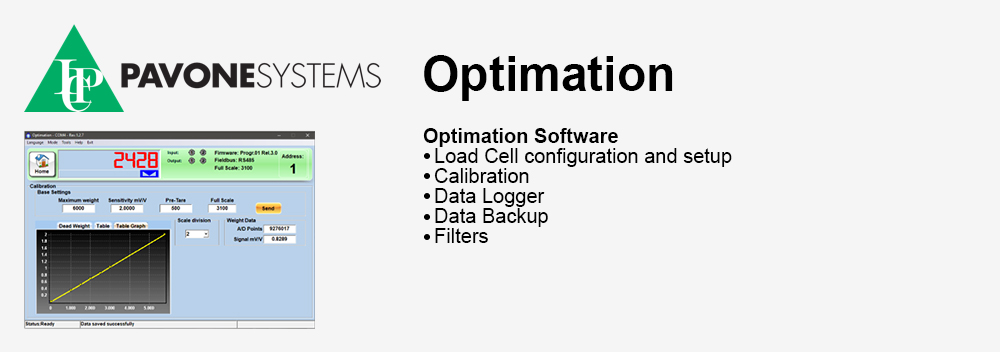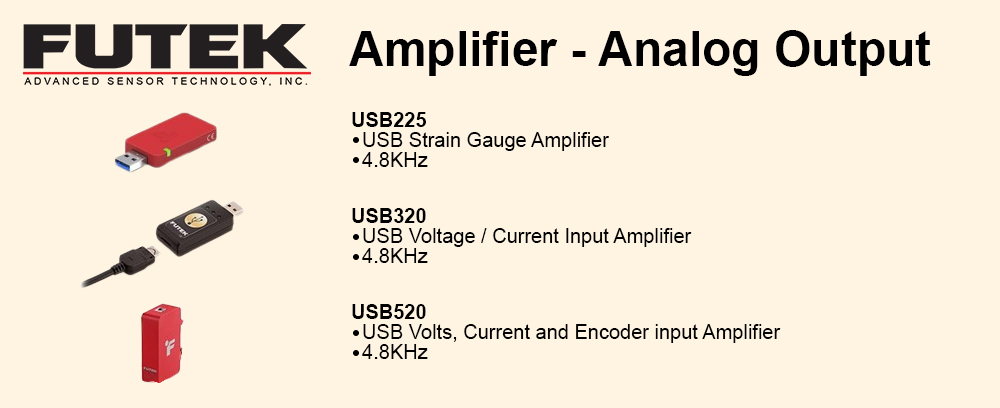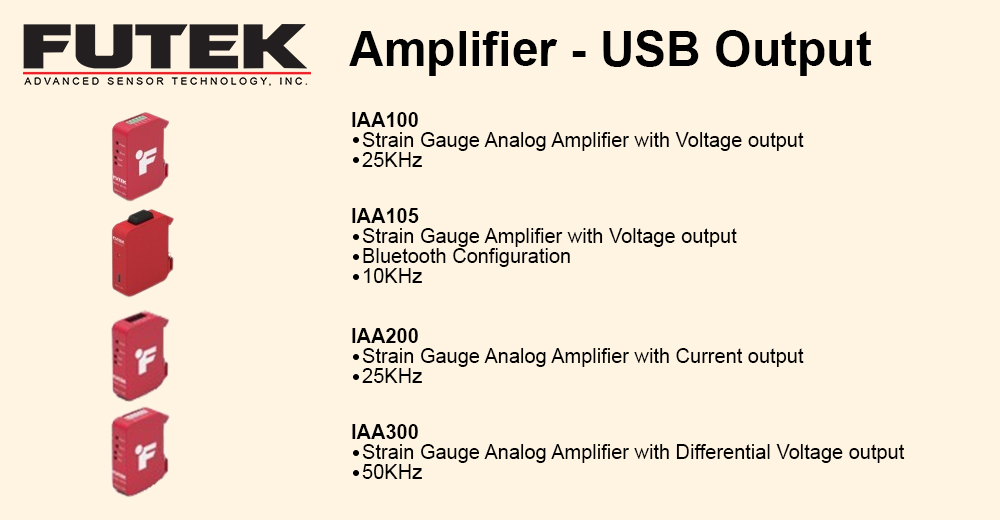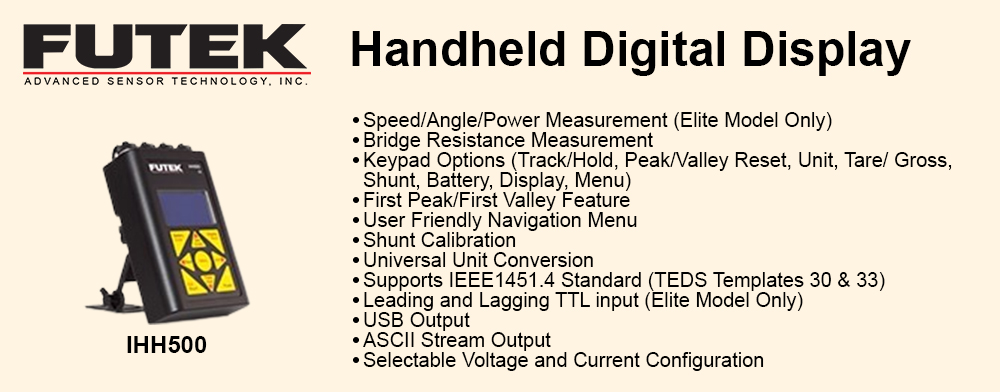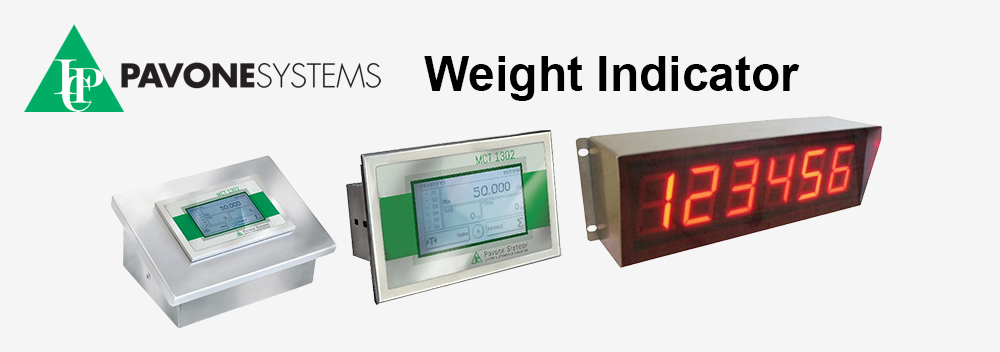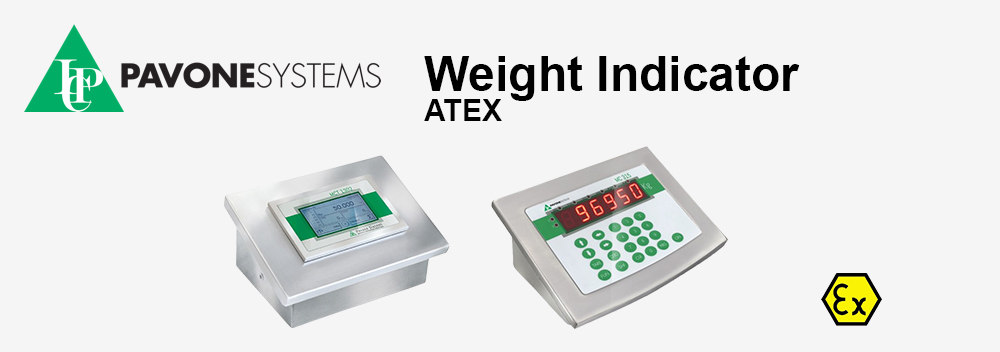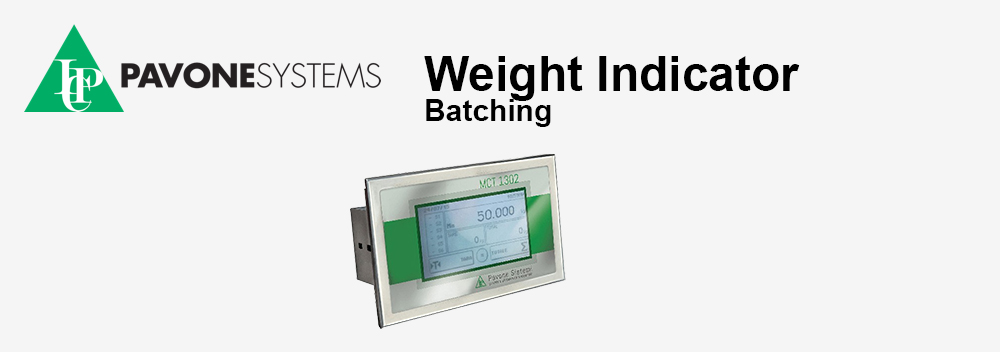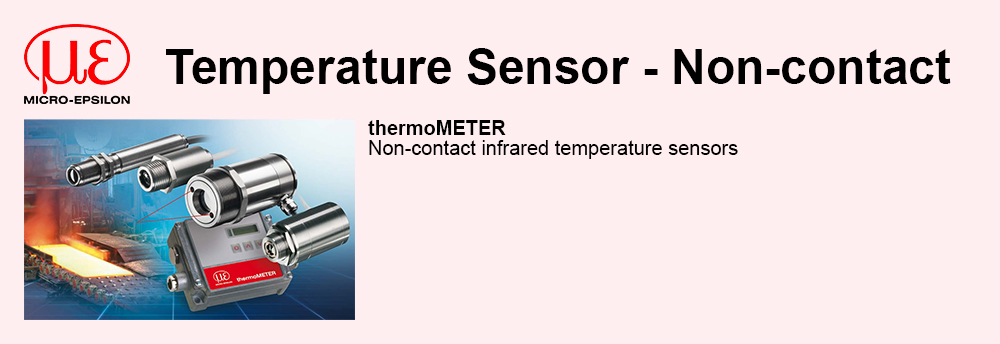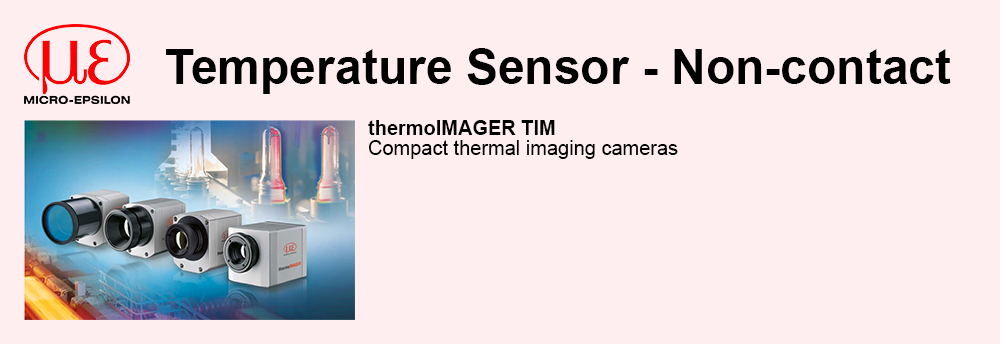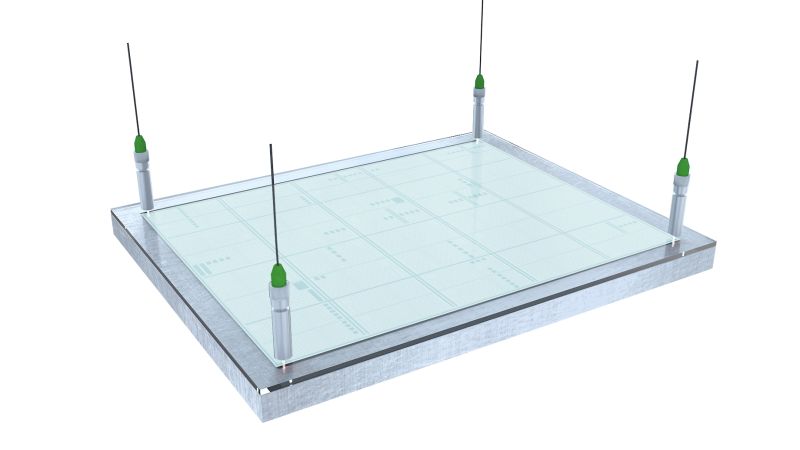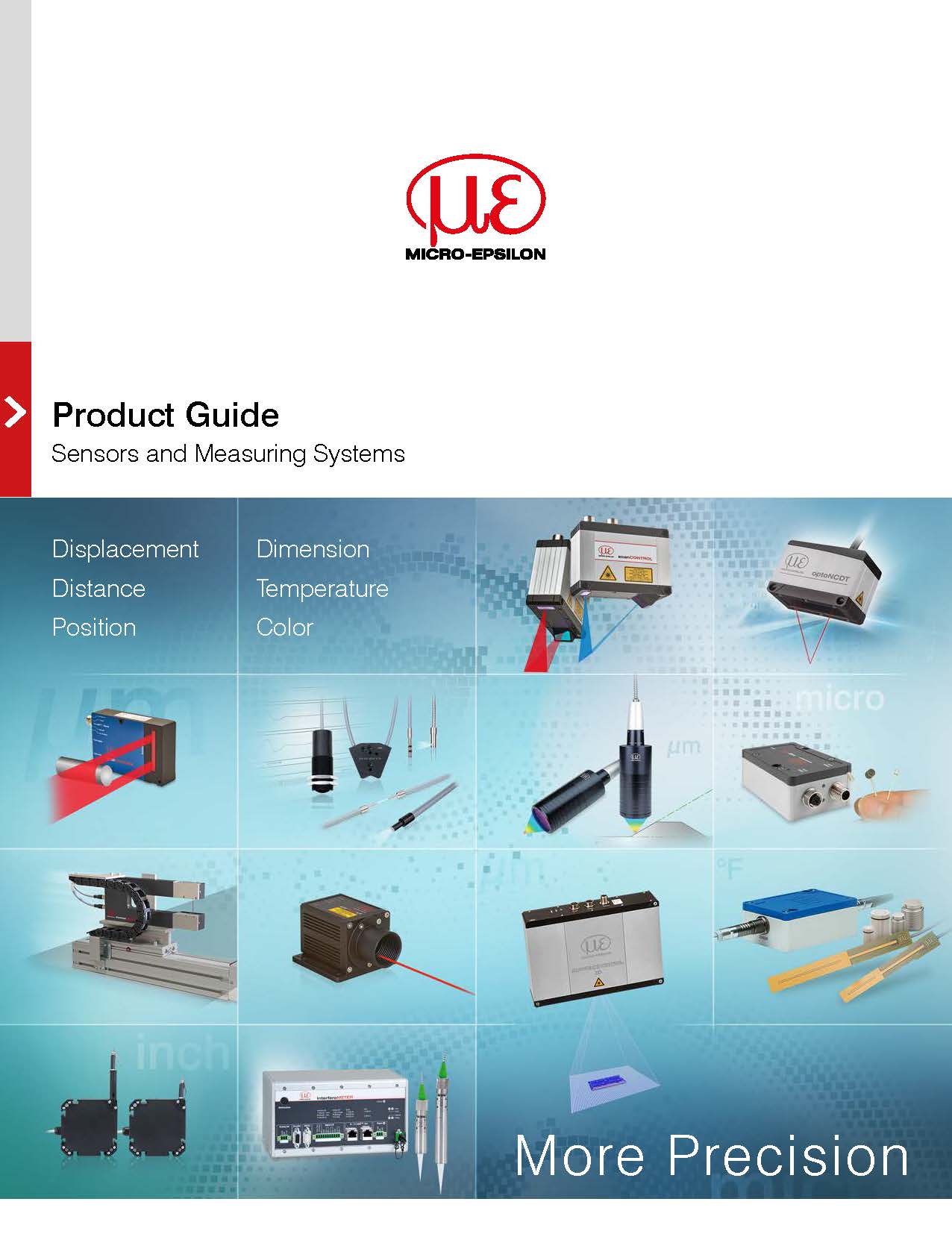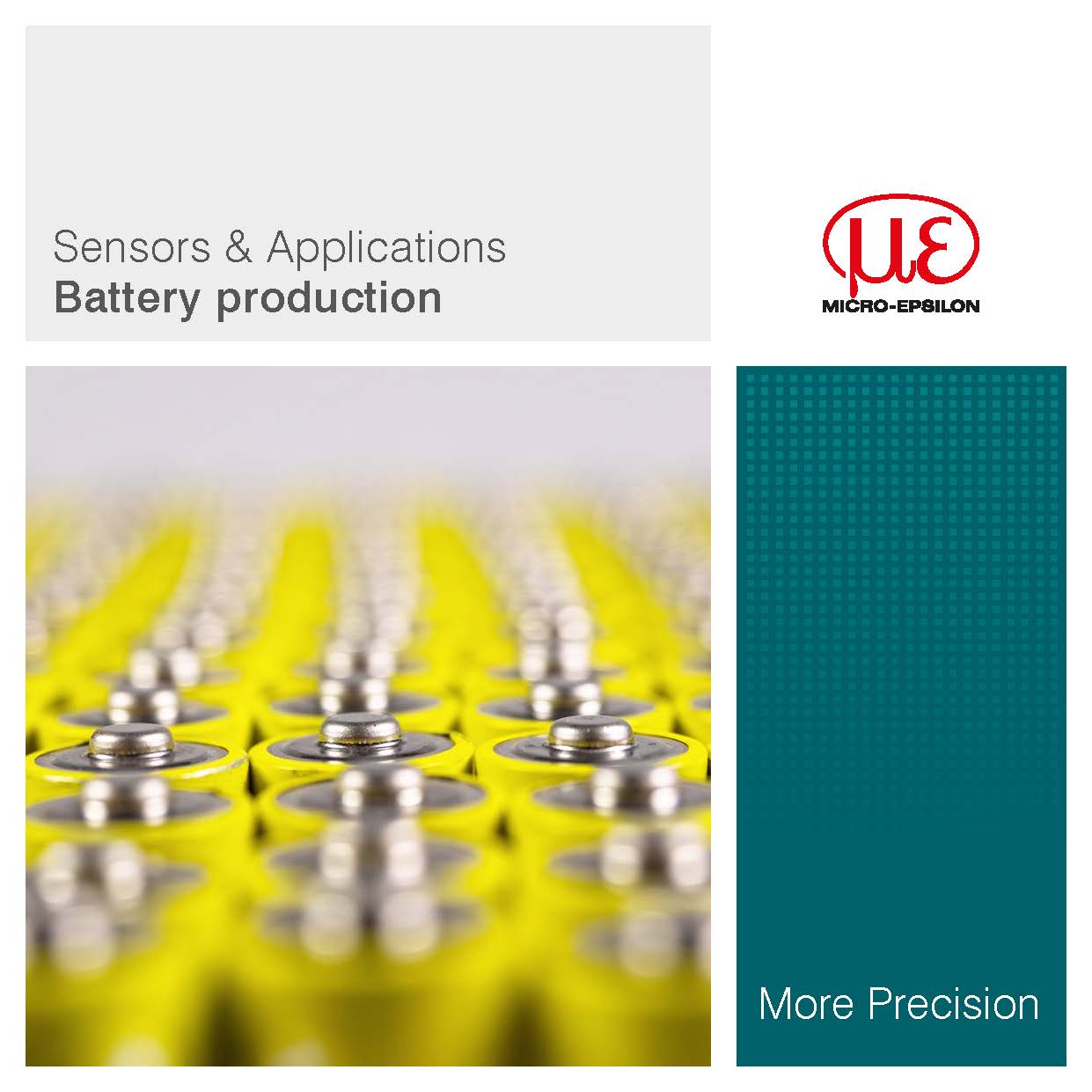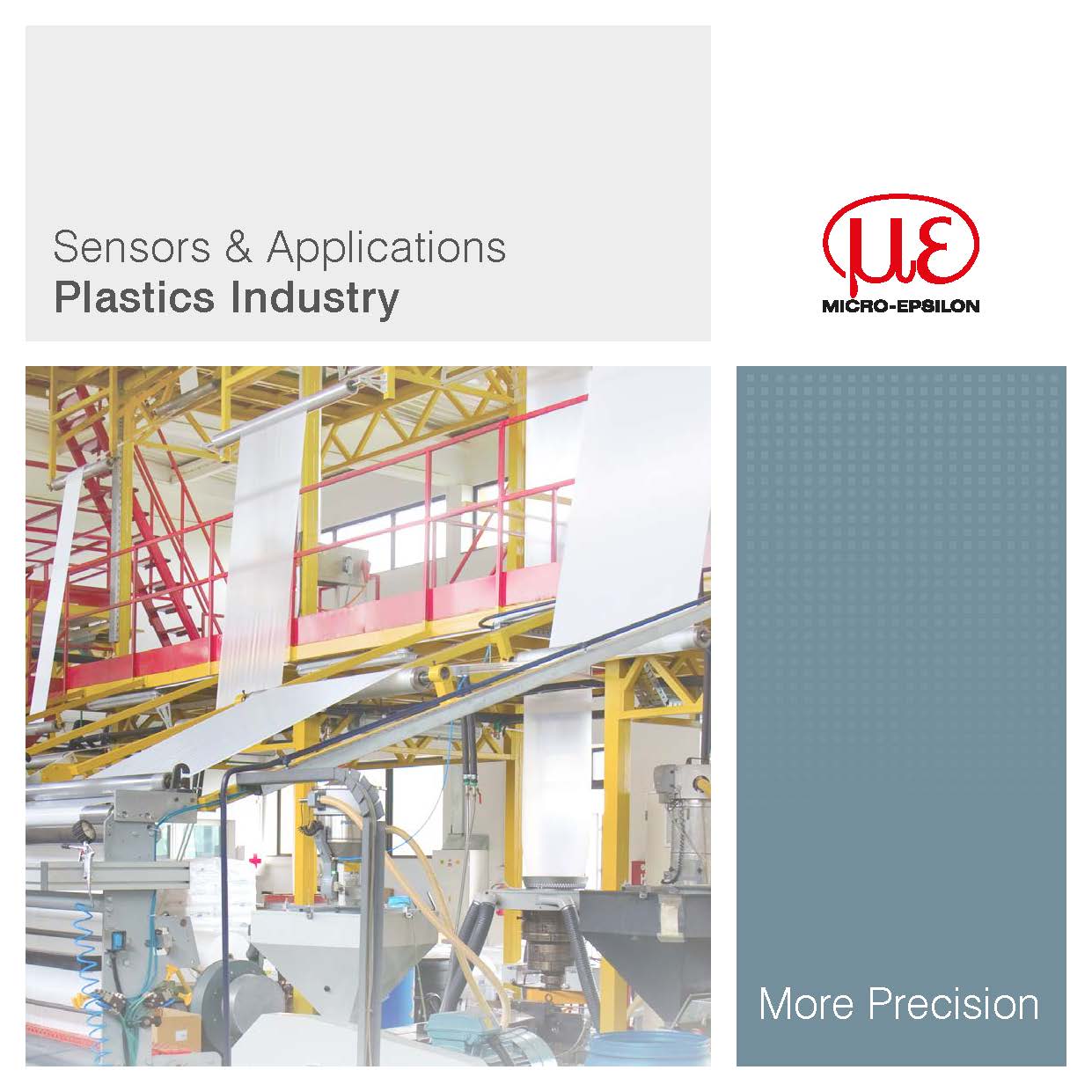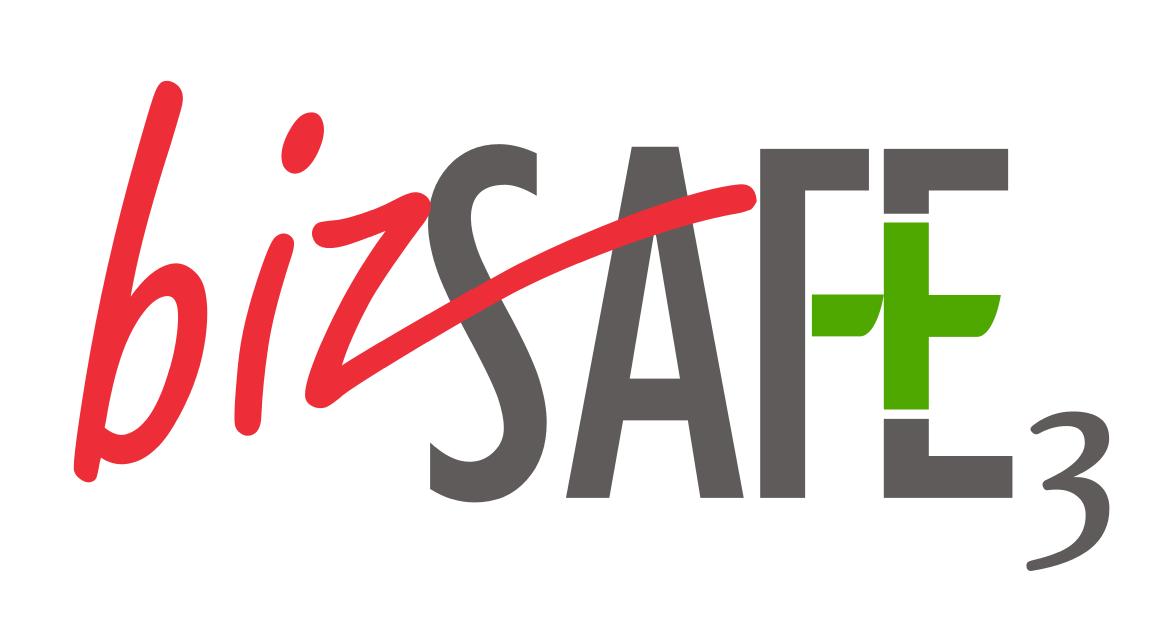Precision mechanics, optics |
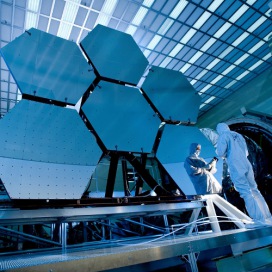 A high degree of precision is important for precision mechanics and optical components. Therefore, sensors from Micro-Epsilon are frequently used for this area. The positioning of components plays a leading role in this sector. Thereby, it is irrelevant whether the inspection is performed in-line or as a routine inspection. Different measuring principles are needed depending on the measurement object and task. |
Display glass defects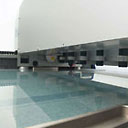 A special measuring system has been developed for the quality control of display glass. The glass pane is placed on a measuring table by a robot. A measuring arm with several confocal sensors traverses the glass pane there. If any defects are found, the pane is marked as NOK and rejected. The scanCONTROL laser scanner simultaneously circumnavigates the edges and checks these for defects and dimensions. After the check has been completed successfully, the pane is lifted back into the production process and the next measurement is started. Sensor technology applied |
| __________________________________________________________________________________________________________ |
Display glass / flat glass thickness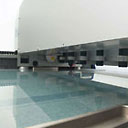 A special measuring system has been developed for the quality control of display glass. The glass pane is placed on a measuring table by a robot. A measuring arm with several confocal sensors traverses the glass pane there. If any thickness discrepancies are found, the pane is marked as NOK and rejected. The scanCONTROL laser scanner simultaneously circumnavigates the edges and checks these for defects and dimensions. After the check has been completed successfully, the pane is lifted back into the production process and the next measurement is started. Sensor technology applied |
| __________________________________________________________________________________________________________ |
Automatic winding of glass fiber cables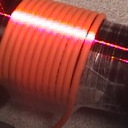 An even and tight winding must be maintained for the automatic winding of glass fiber cables on drums. scanCONTROL 2800 profile scanners are used for monitoring the coiling machine. They monitor the windings on the drum and control the movement components of the machine using the results. Sensor technology applied |
| __________________________________________________________________________________________________________ |
Measurement of contact lenses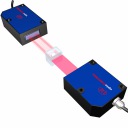 The object must endure various tests during the search for new materials for contact lenses. In doing so, the lens is located in a small case with saline solution. The lenses are inspected in the case without contact using the optoCONTROL 2600 for dimension changes during heating and expansion of the lenses. The particular benefit is that the measurement functions through the glass case and through the salt solution. Sensor technology applied |
| __________________________________________________________________________________________________________ |
Thickness measurement of dies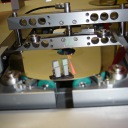 When optical data carriers are produced, the data are initially transferred to a master. Depending on the number of copies, different dies made of nickel are produced from the master by galvanization. These dies must show a thickness of 297 µm ± 3 µm for faultless production. It is checked several times during the galvanization that this dimension is complied with. The company ISEDD GmbH from Bielefeld has developed a measuring device for this which enables fast and accurate inspections of the dies. Capacitive sensors from Micro-Epsilon are used for the thickness measurement. Sensor technology applied |
| __________________________________________________________________________________________________________ |
Layer thickness measurement (non contacting)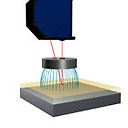 Layer thickness measurement belongs to the group of one-sided, non-contact thickness measurement. Basically, only the layer thickness of electrical insulators can be measured for opaque objects. An eddy current sensor penetrates the insulating layer without damage and measures the distance to a layer underneath it. At the same time, a second sensor, a laser triangulator measures the insulating layer. The layer thickness is obtained by offsetting both signals. This method of measuring with two sensors using different principles is called the dual sensor technique by Micro-Epsilon. A second possibility is the layer thickness measurement of transparent materials using confocal measurement technology. The emitted white light penetrates the measuring object and provides a peak in the signal graph at every material transition. For example, the film thickness between two glass panes can be easily measured in this way. Sensor technology applied |
| __________________________________________________________________________________________________________ |
Displacement sensor for nanopositioning tasks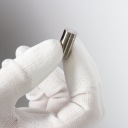 Very small displacements, both static and dynamic, are normally generated by piezo actuators. High precision displacement sensors ensure that these displacements are measured to the required nanometre and sub-nanometre accuracies. Resolution and repeatability of up to 0.04nm are possible. Non-contact, capacitive displacement sensors from Micro-Epsilon provide this sub-nanometre precision. The capaNCDT series combines high precision and the required stability. Sensor technology applied |




